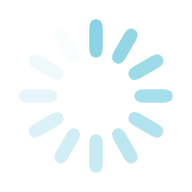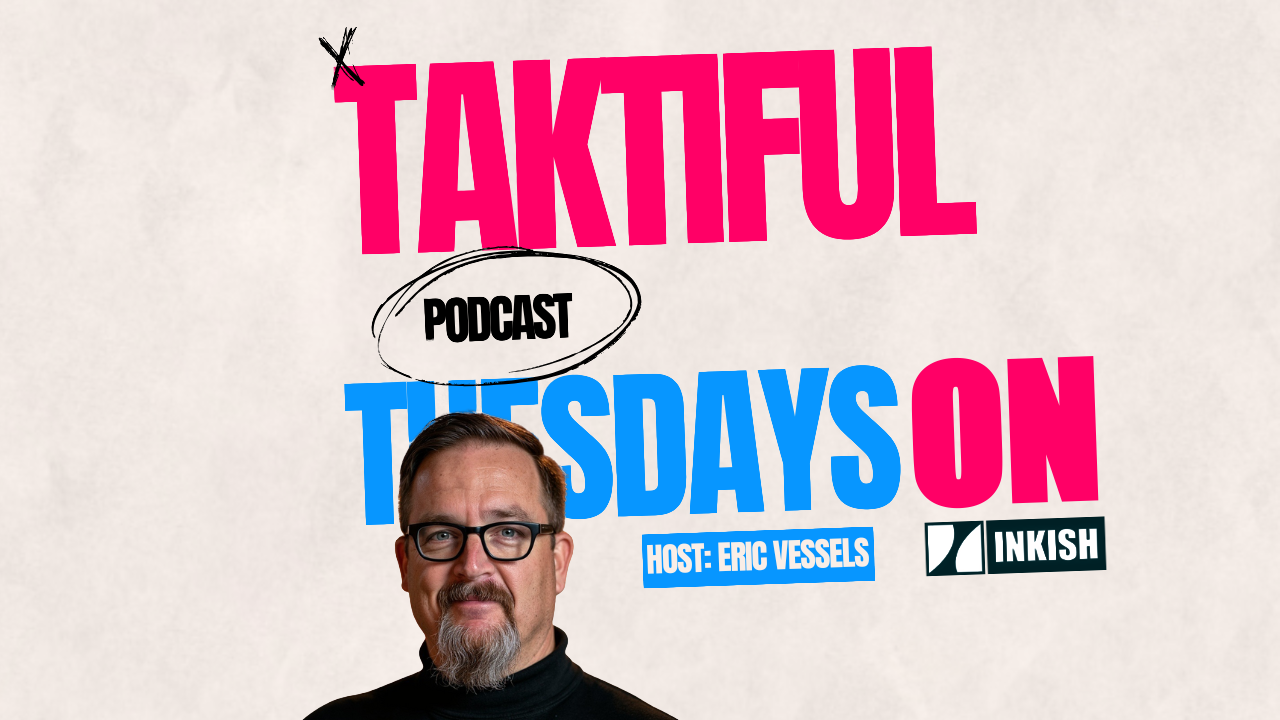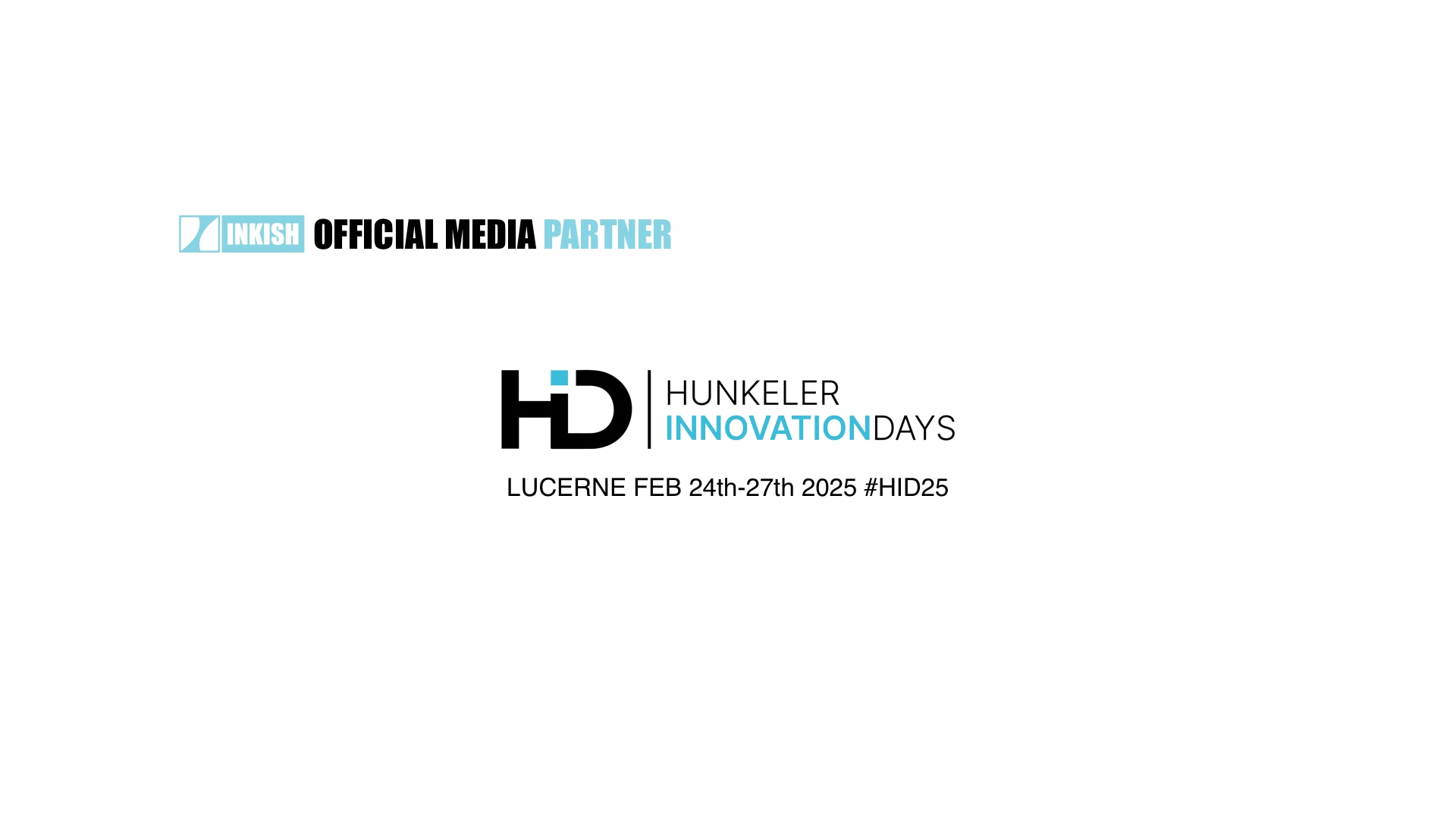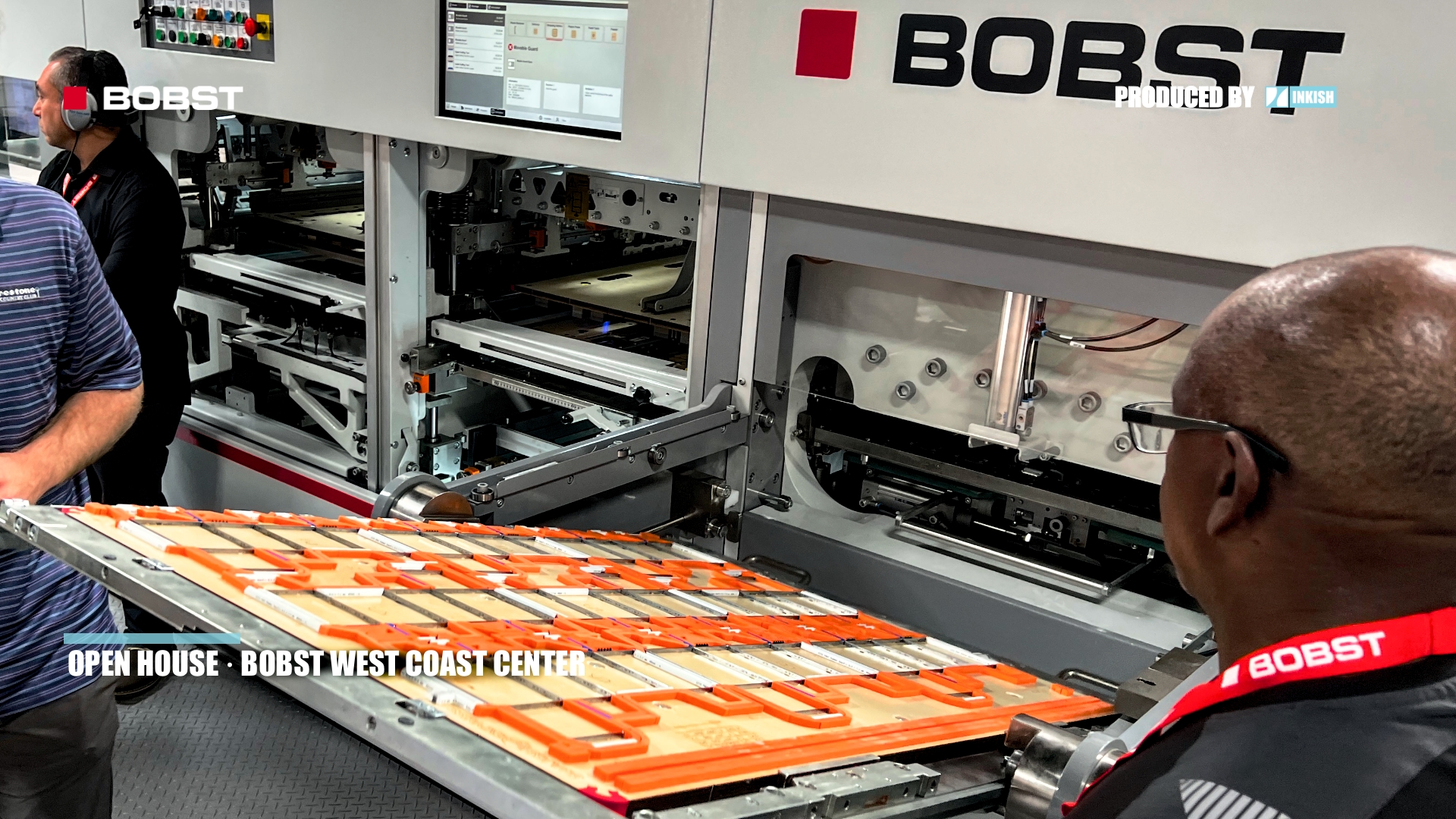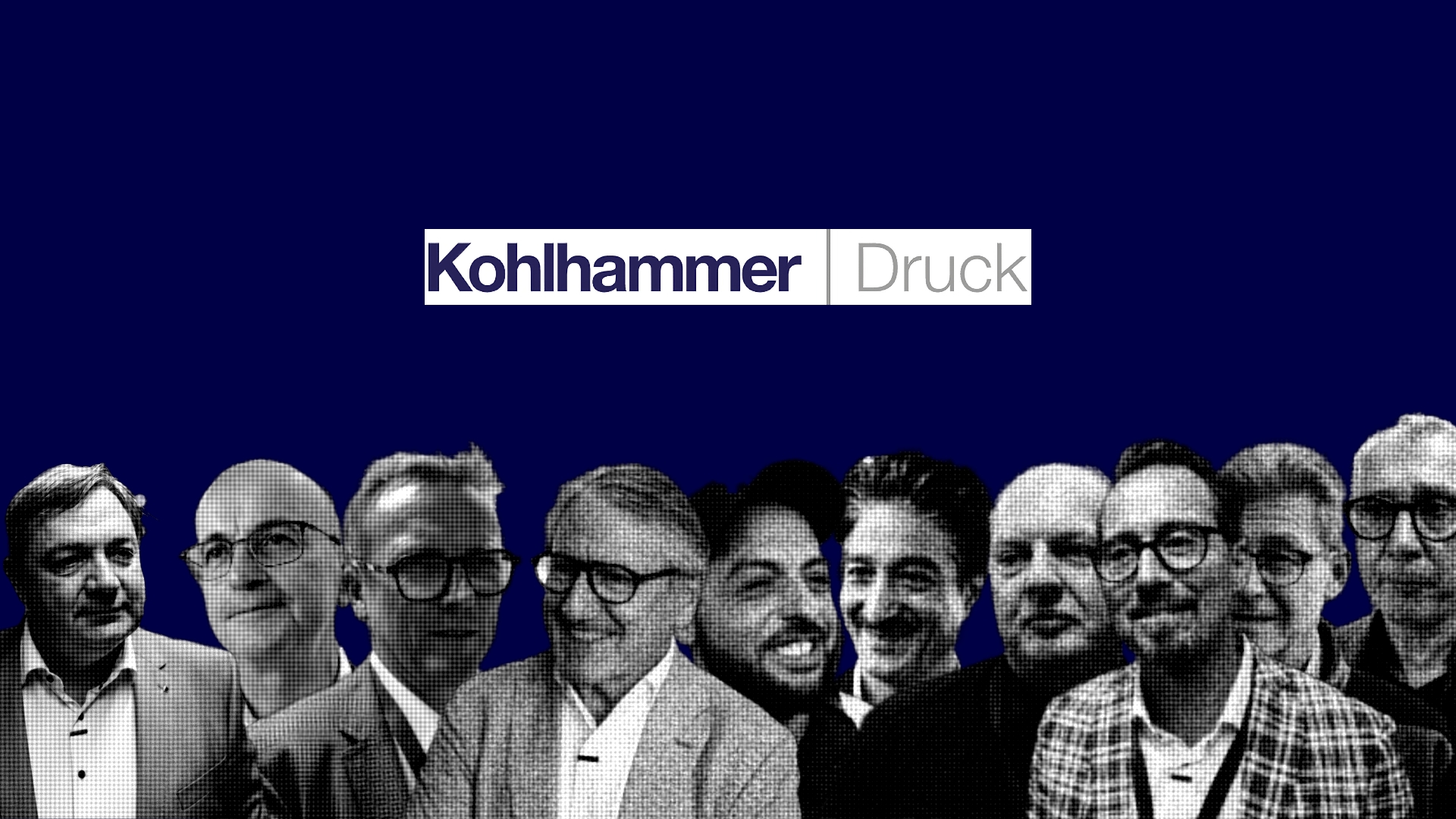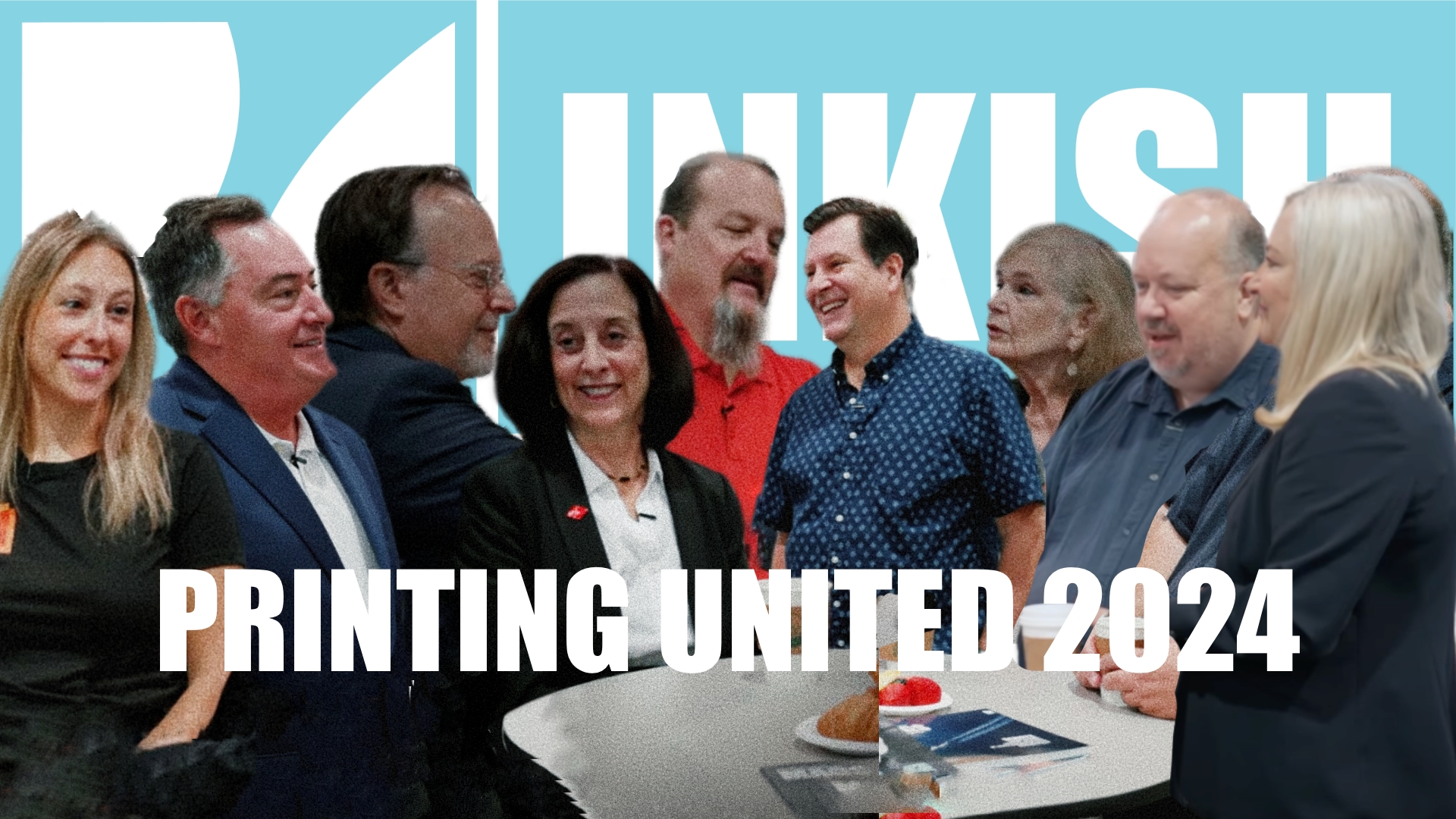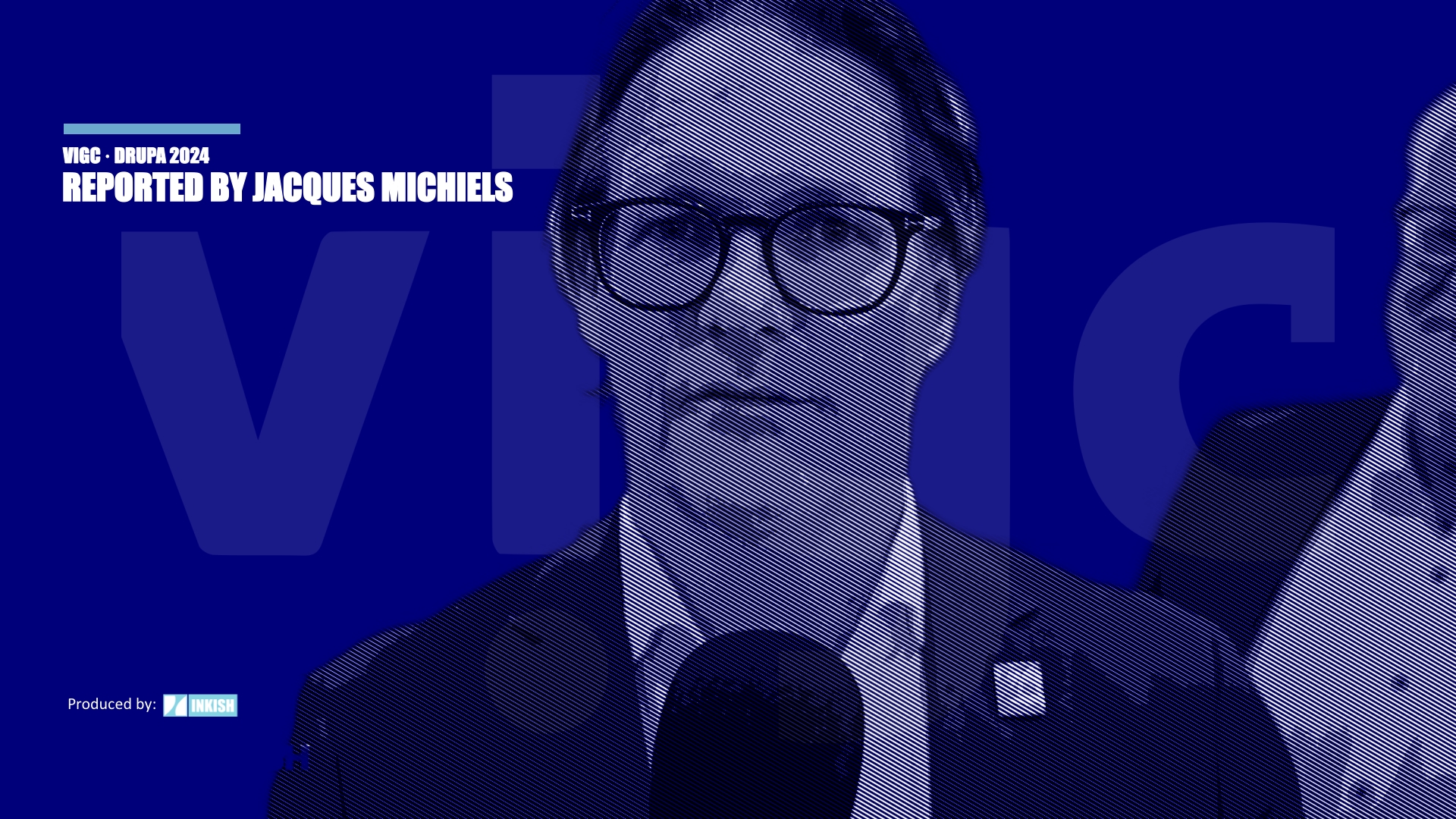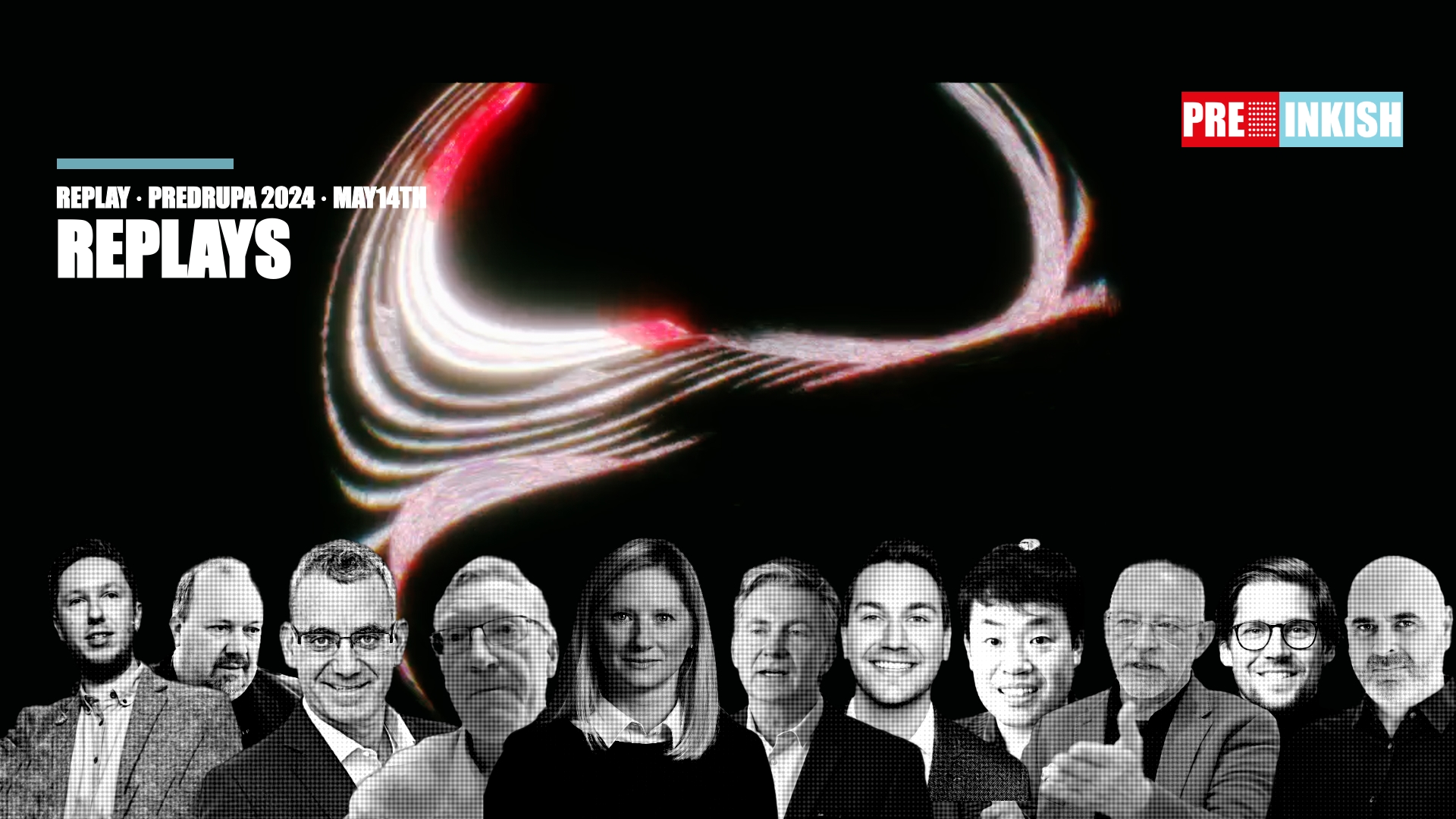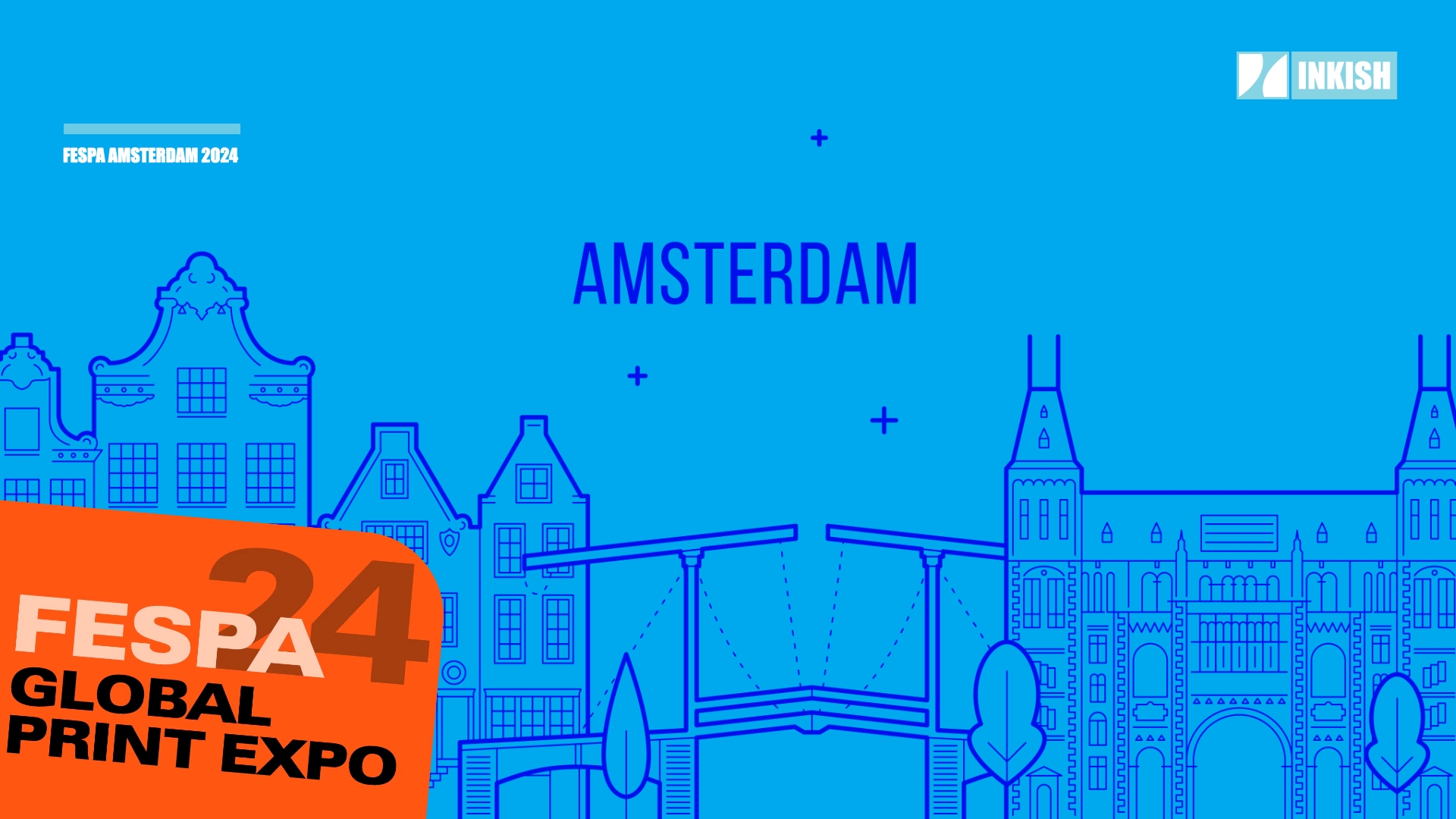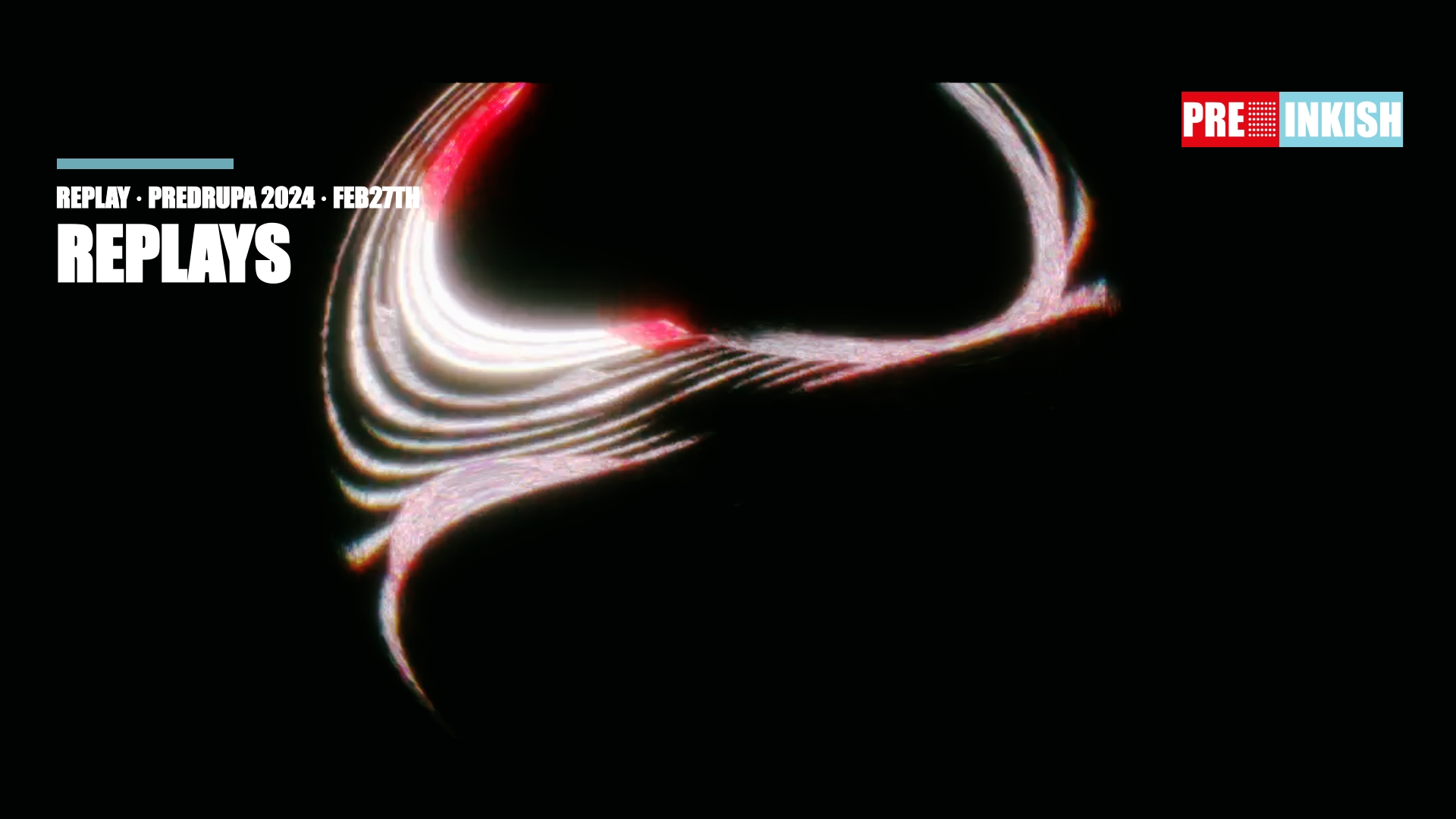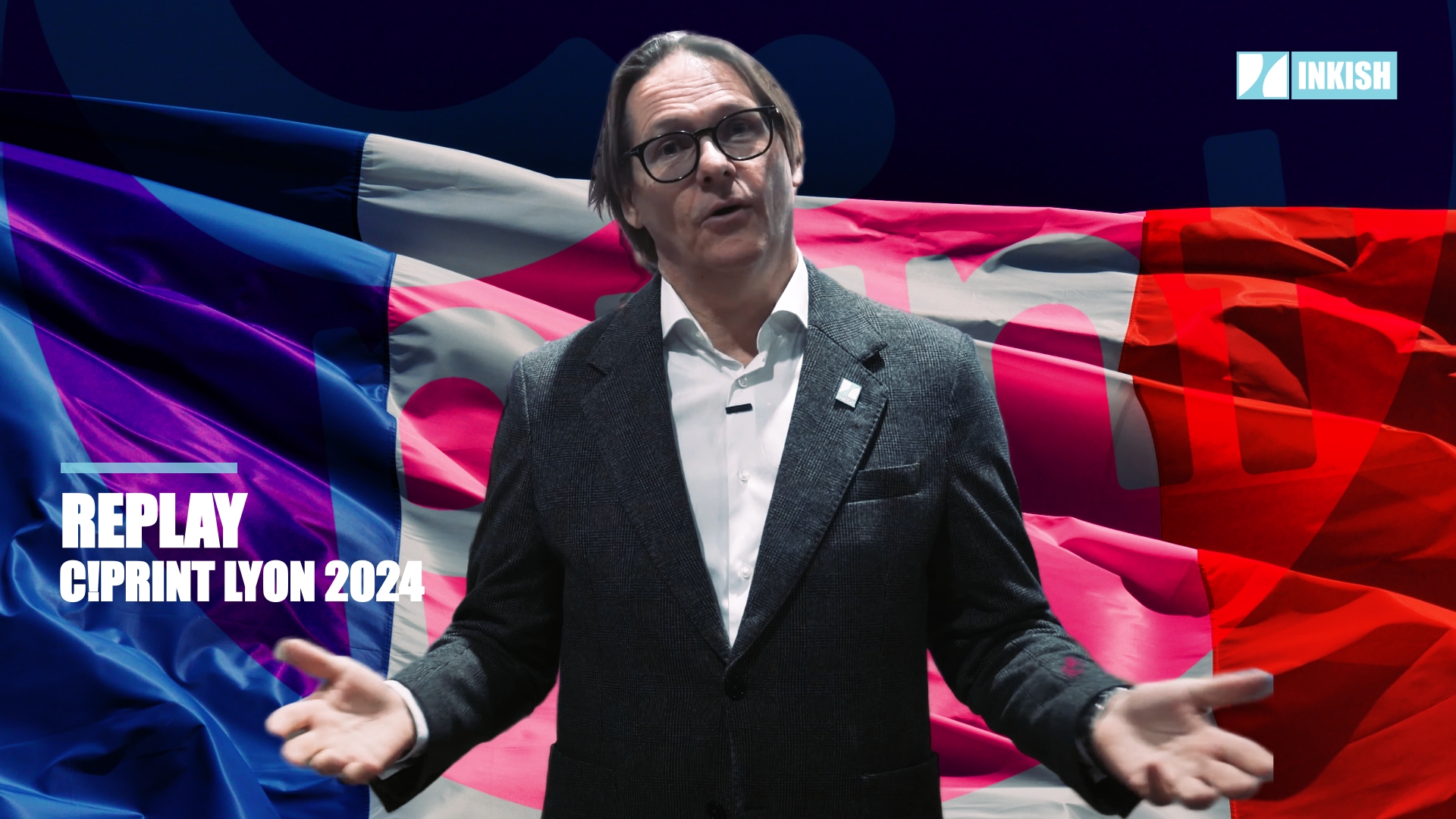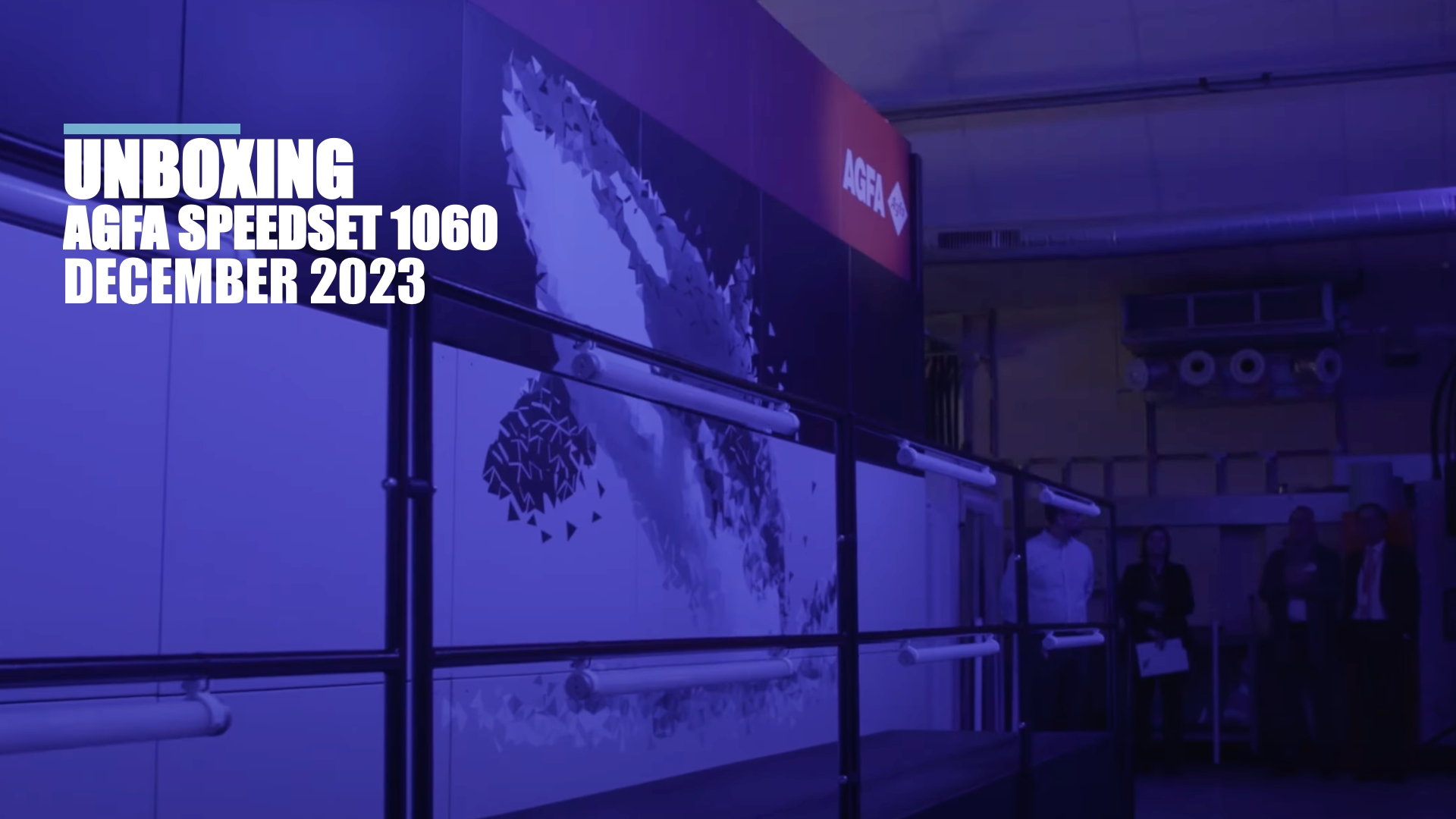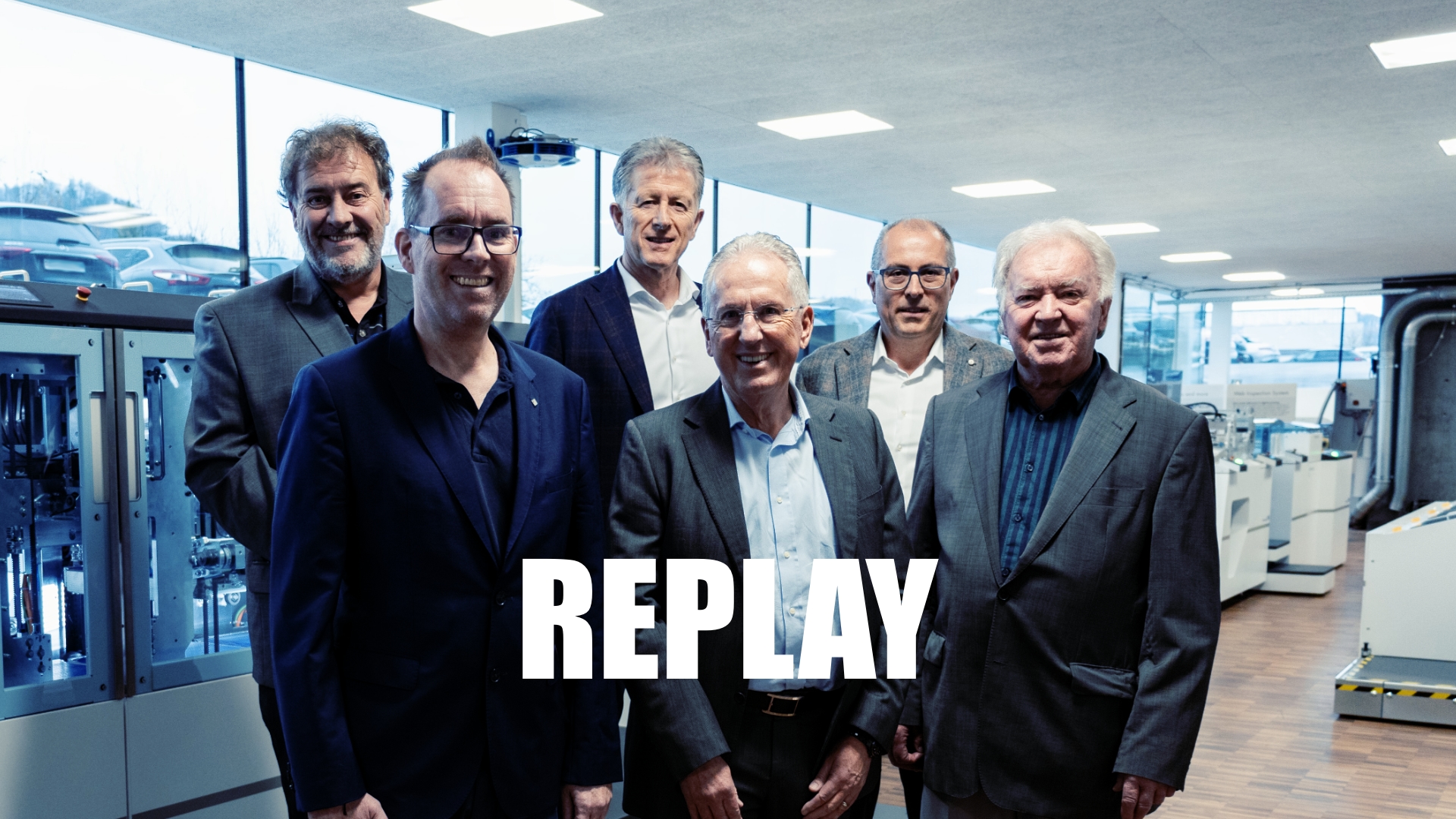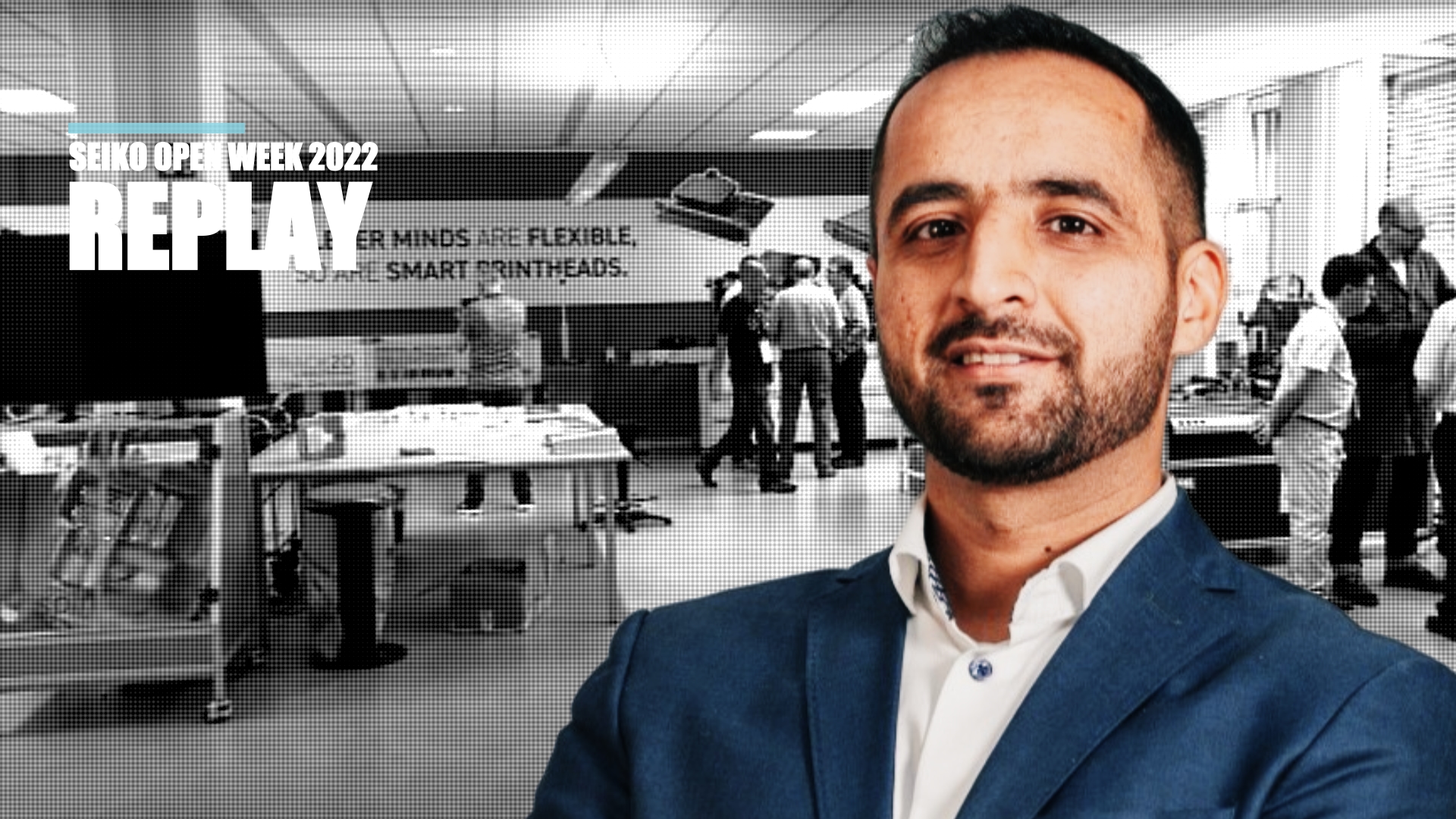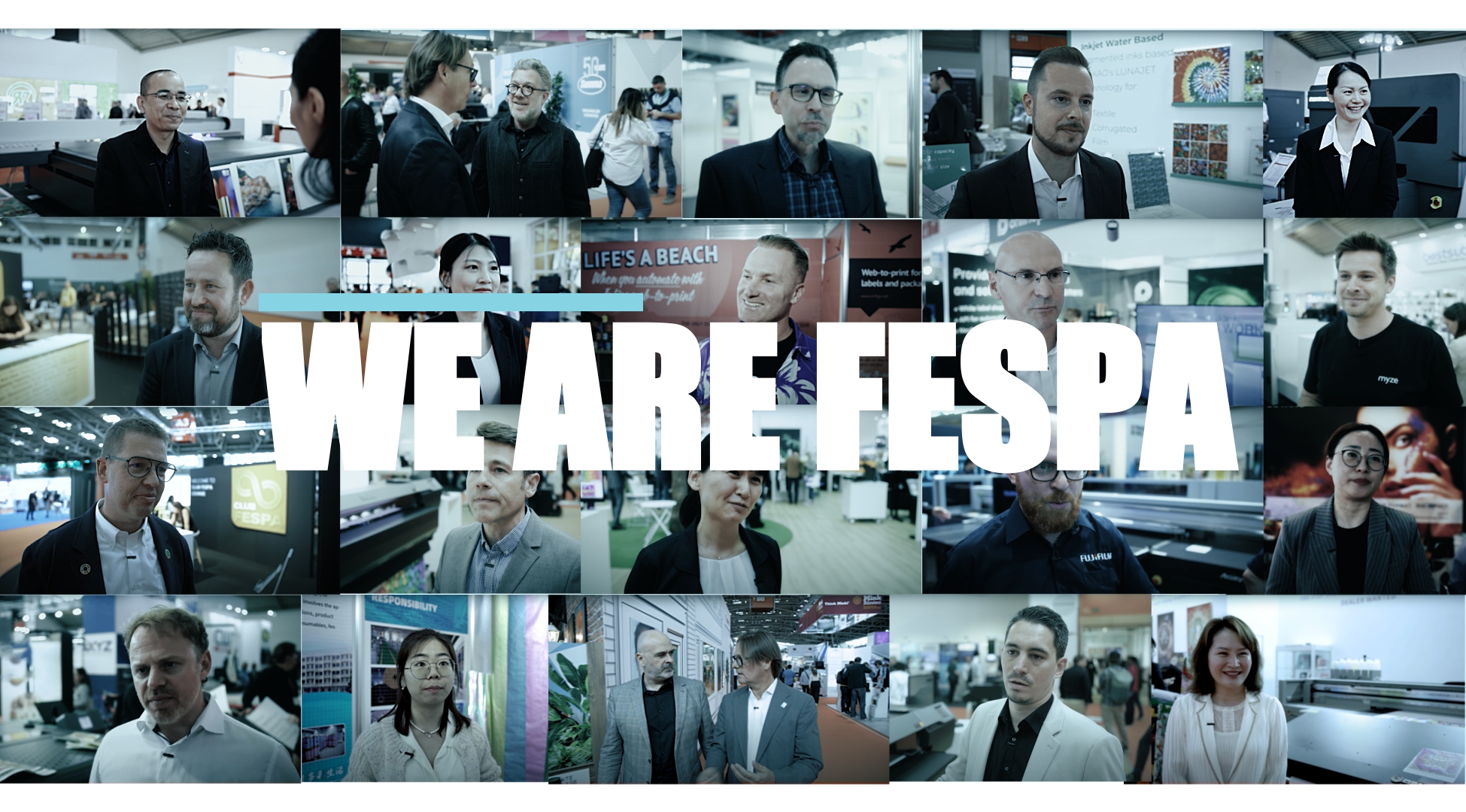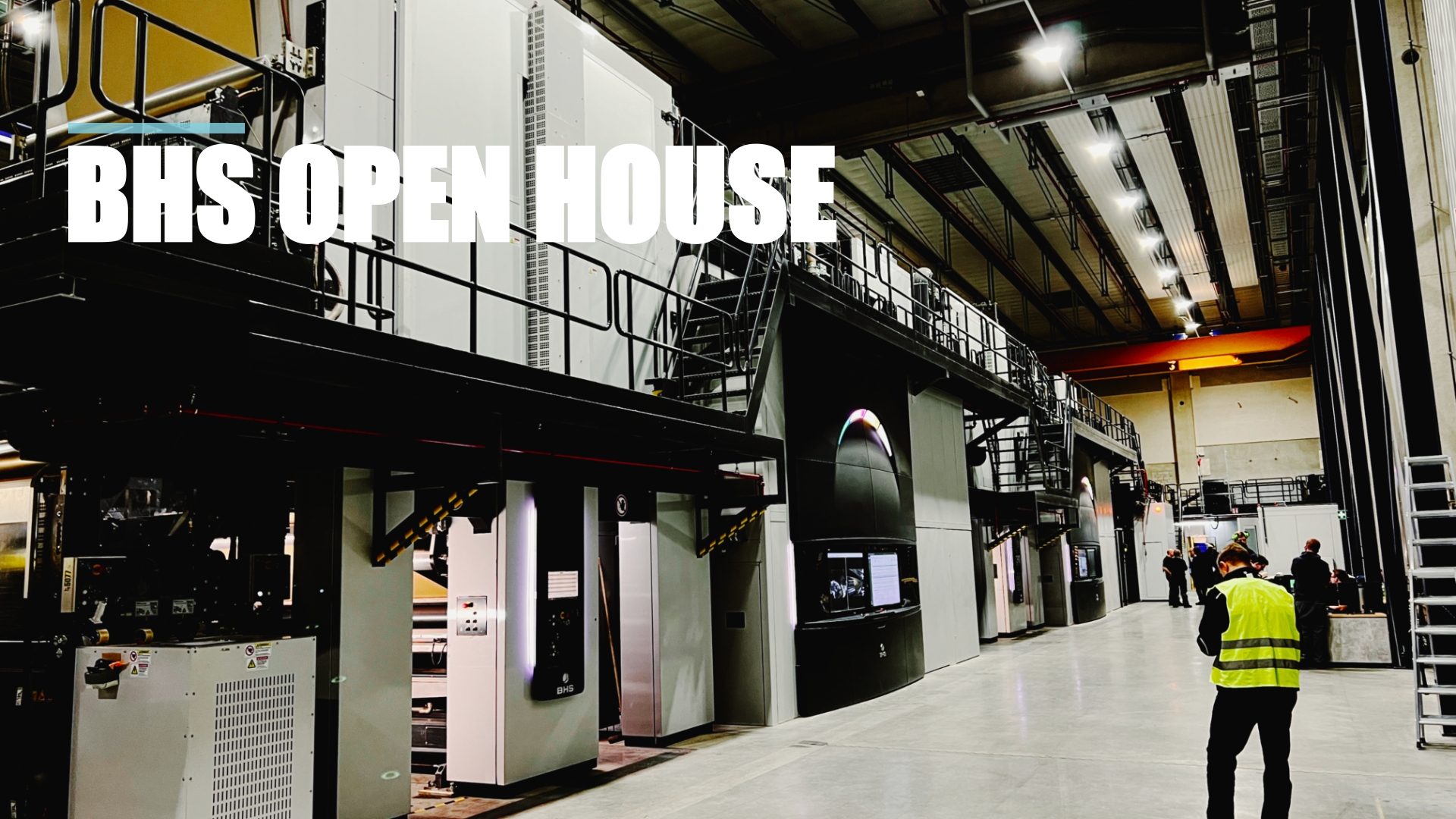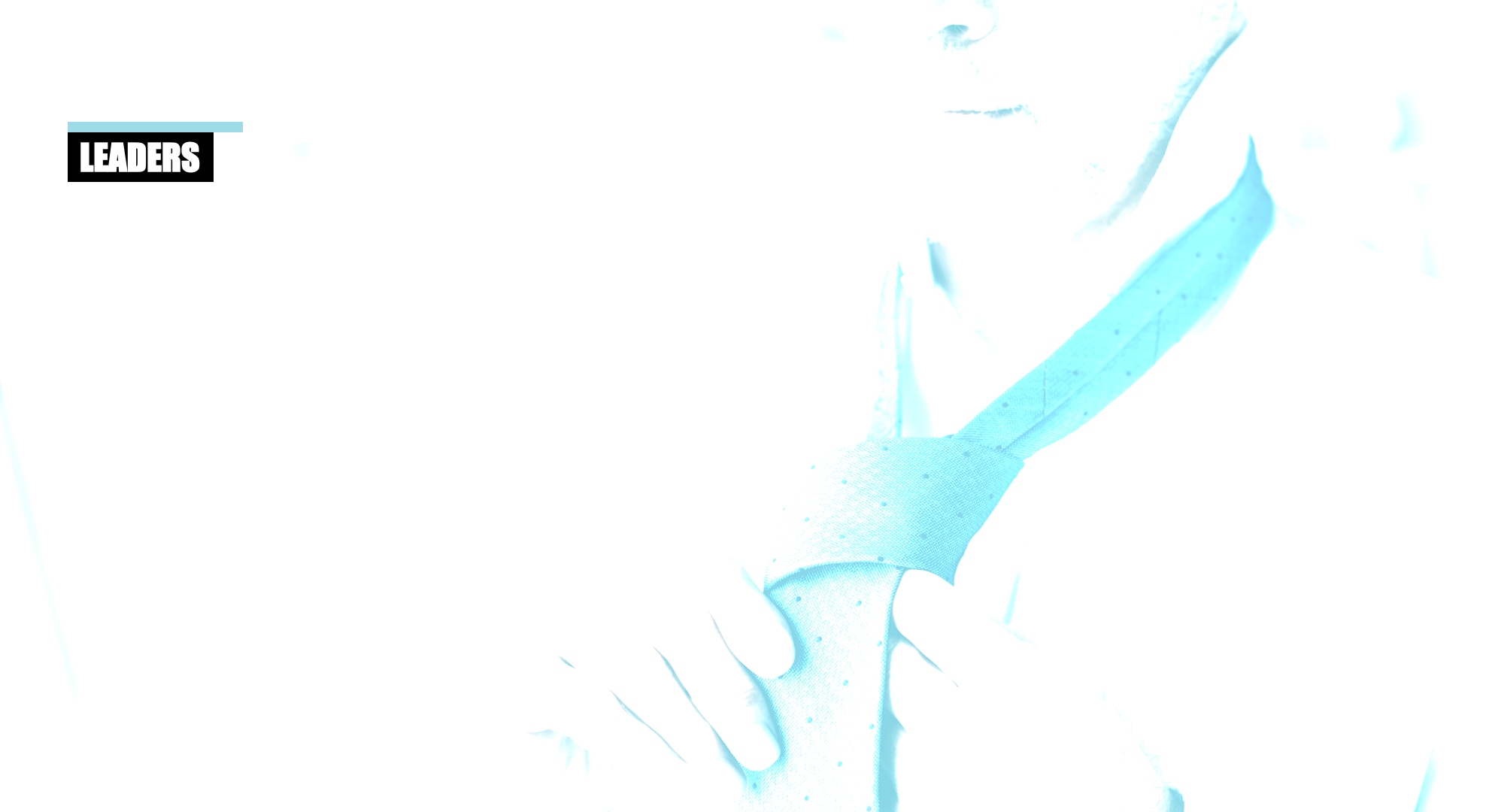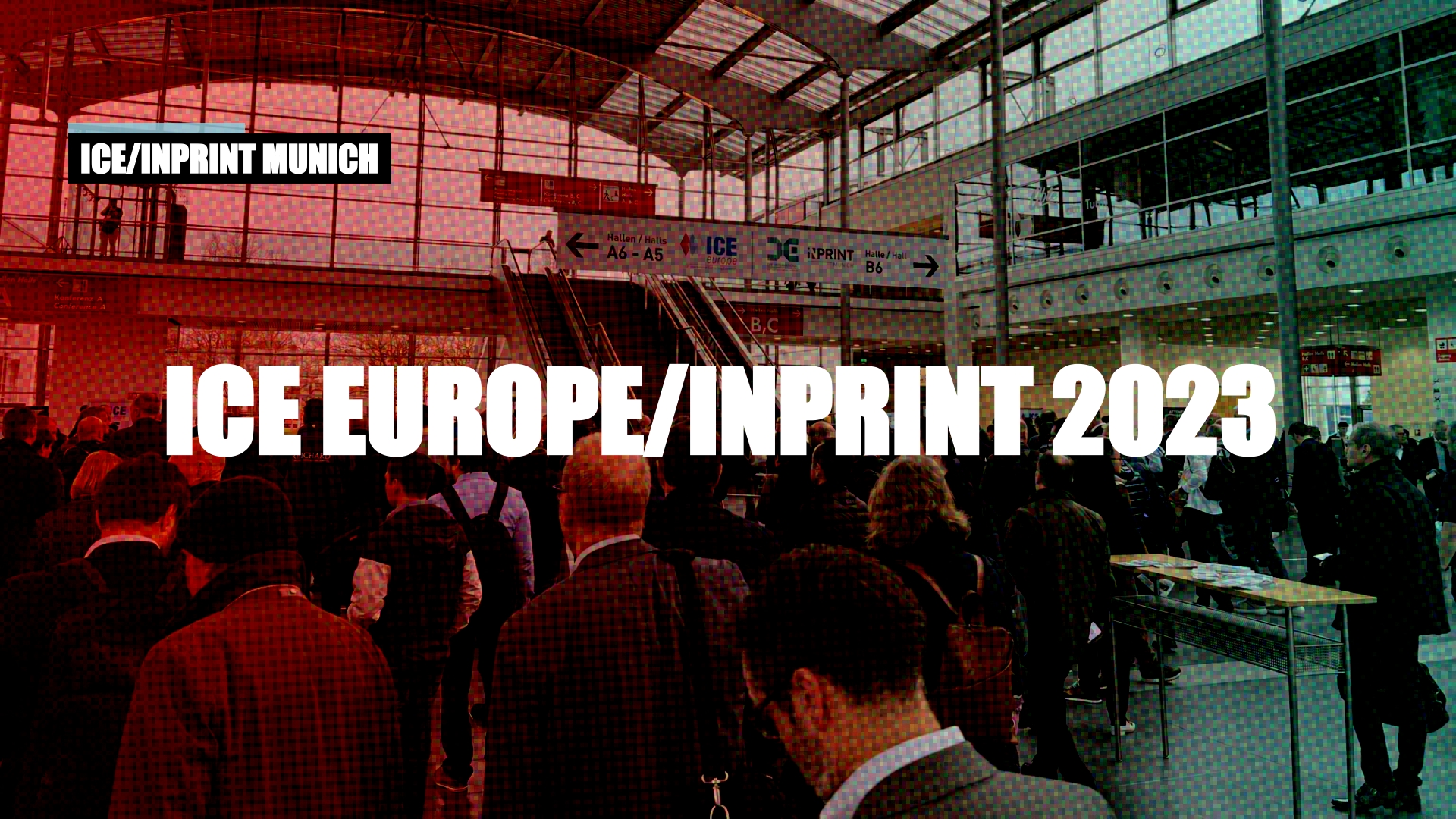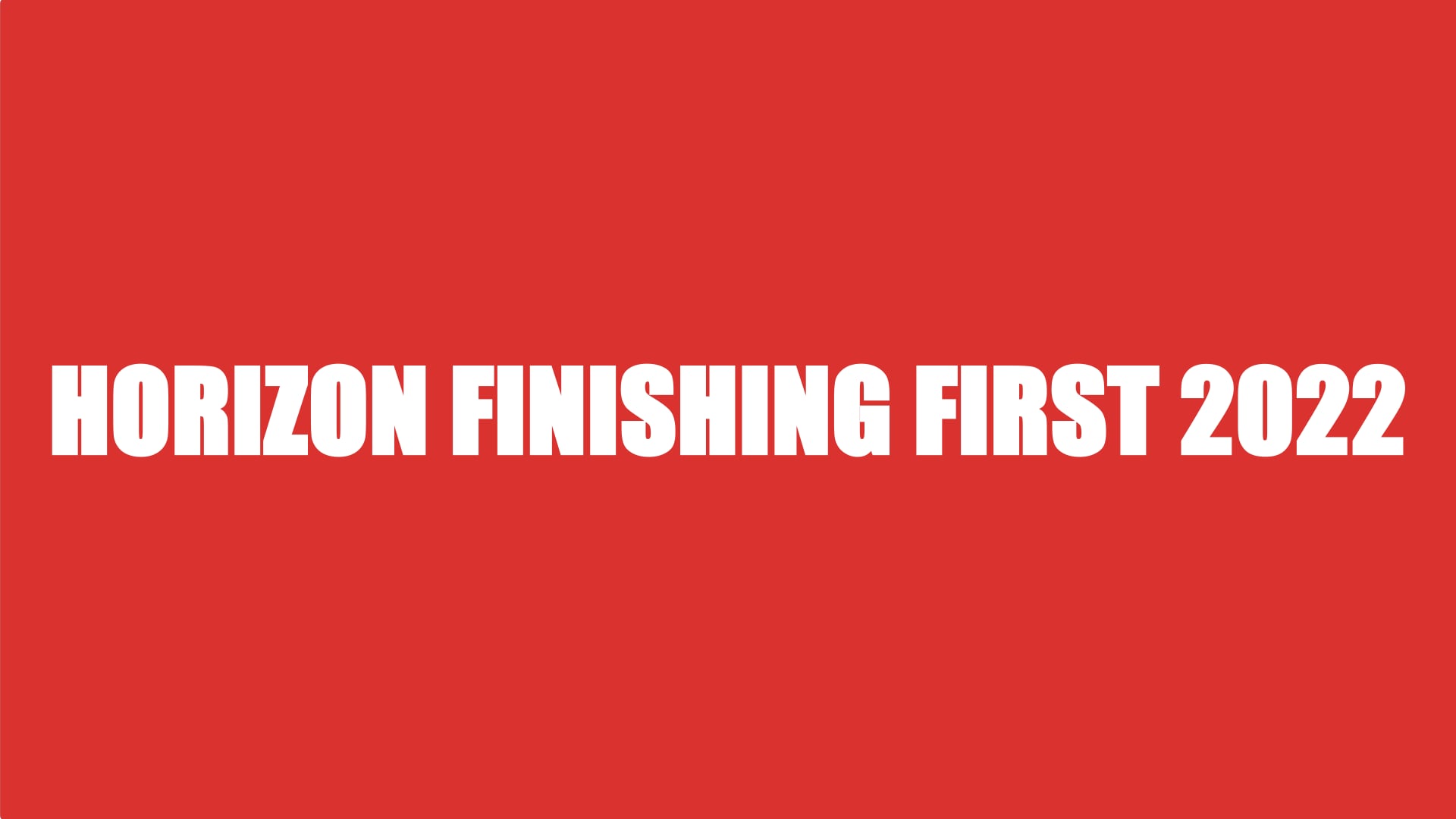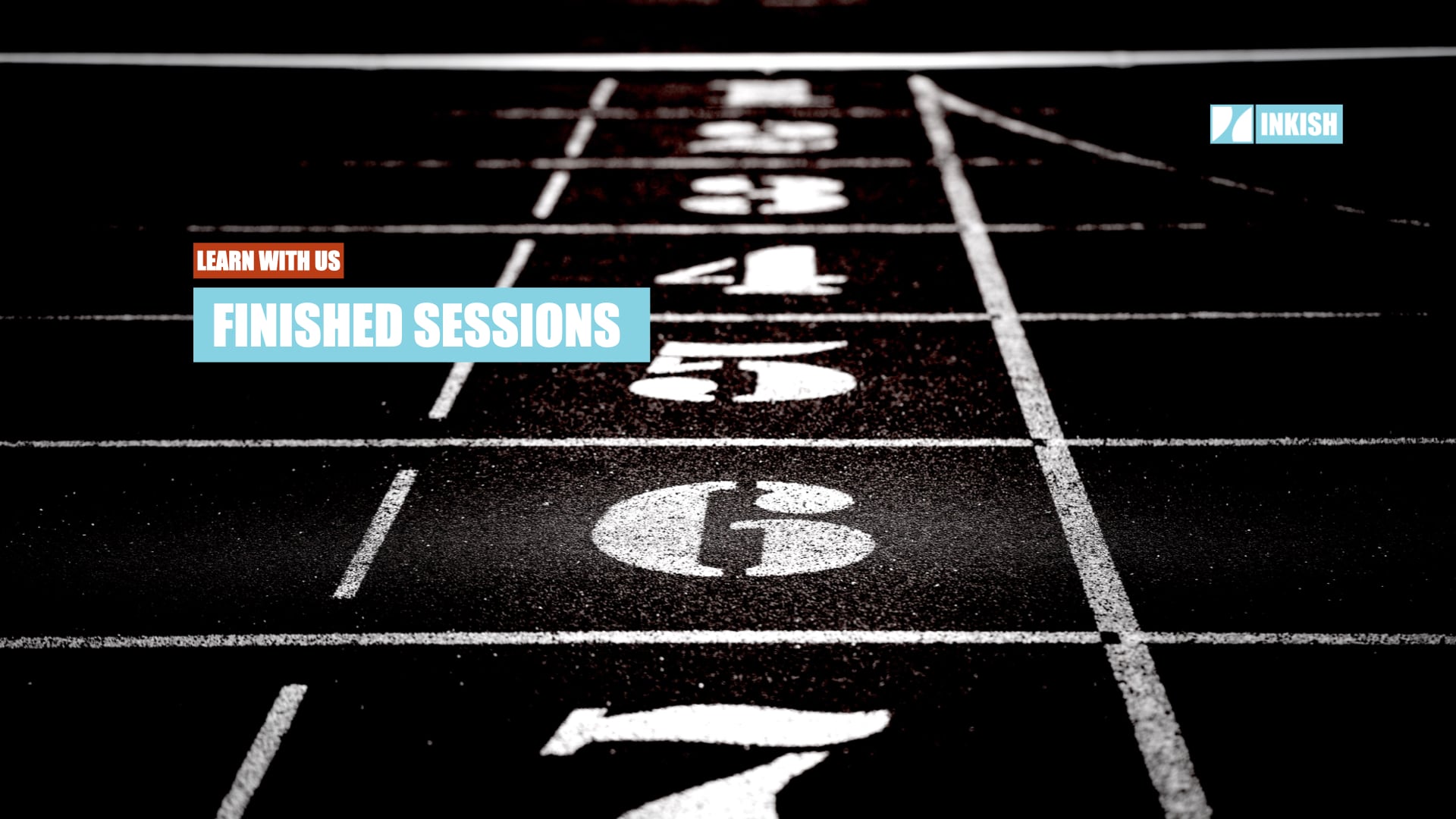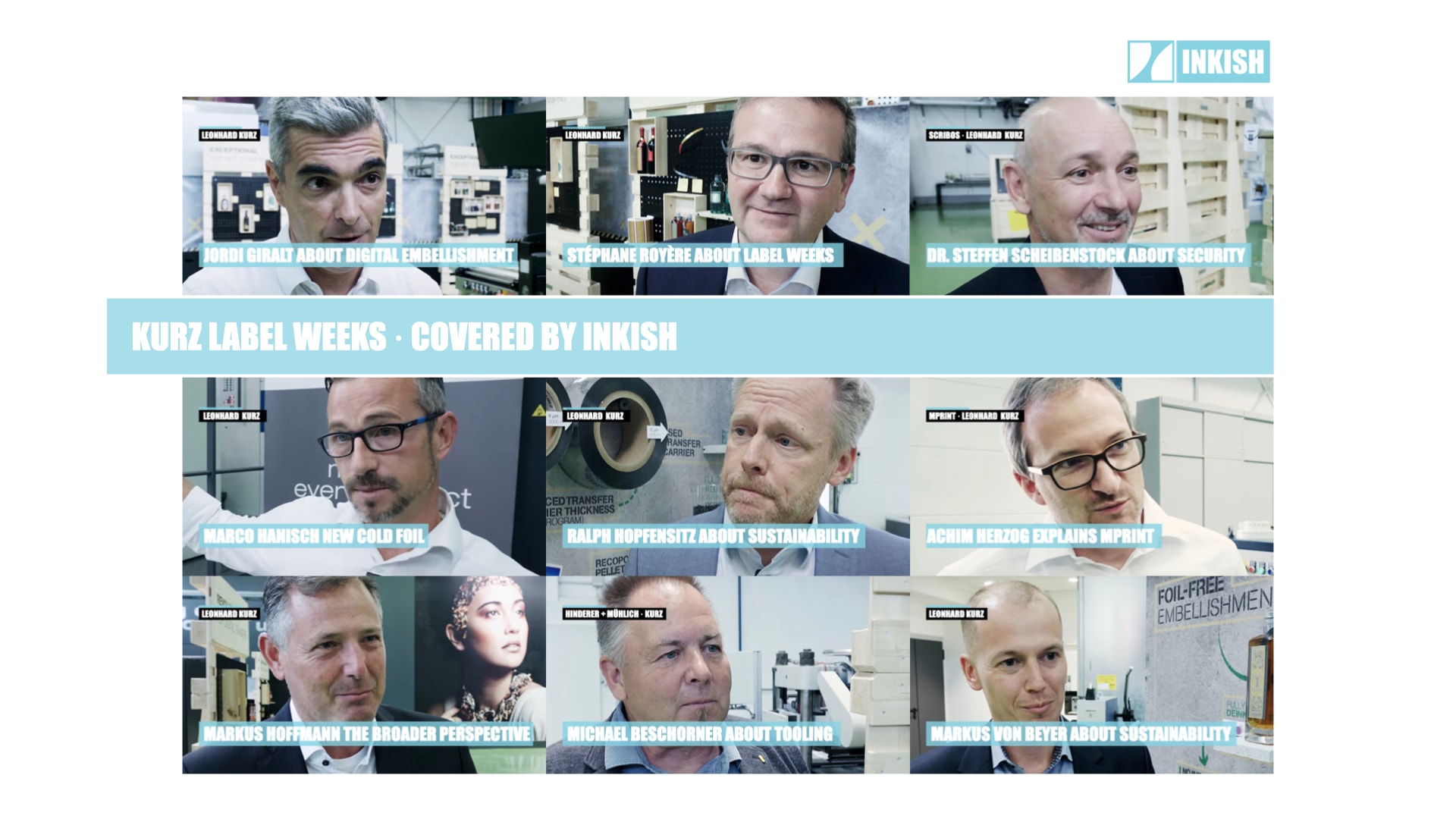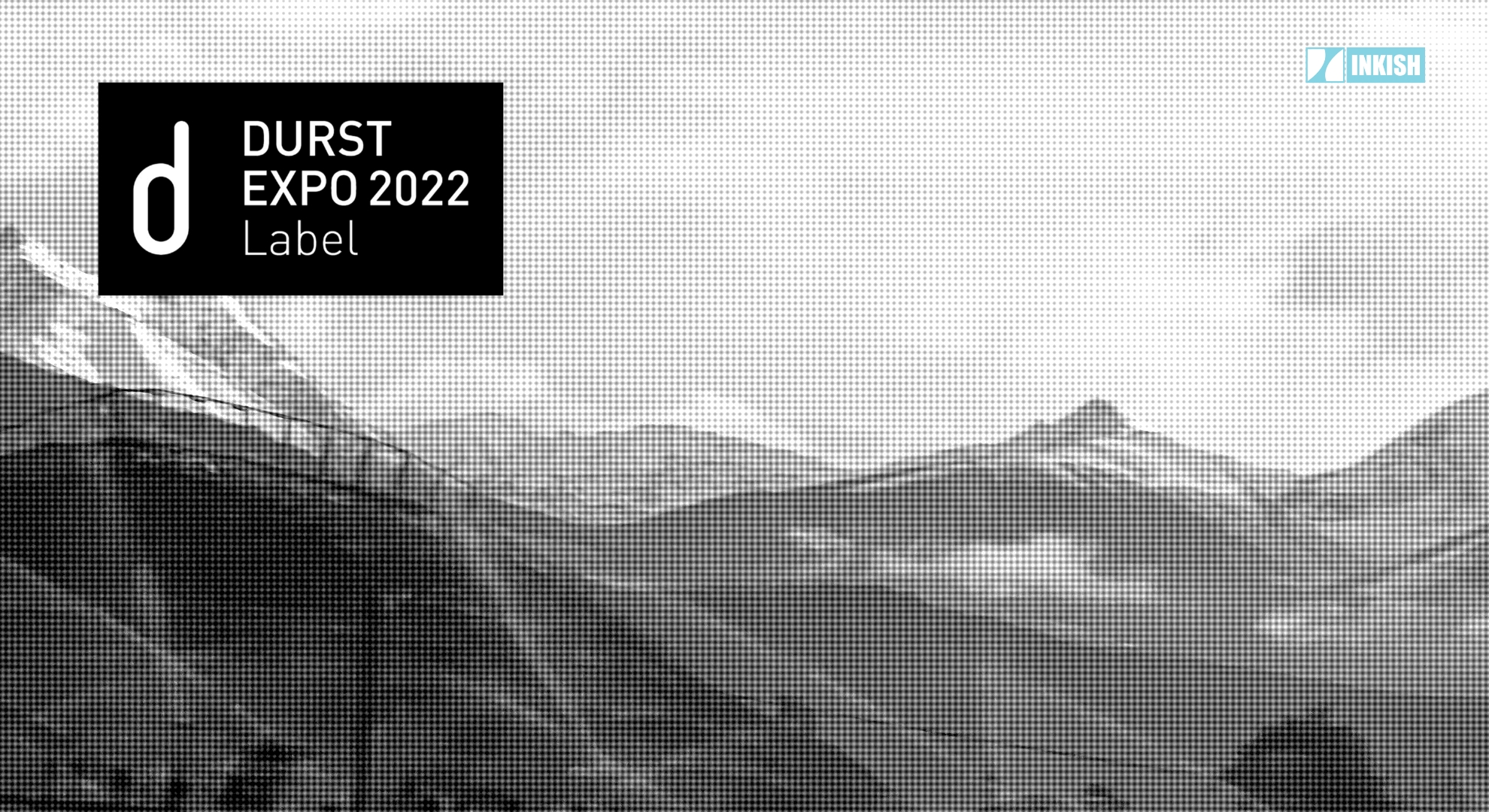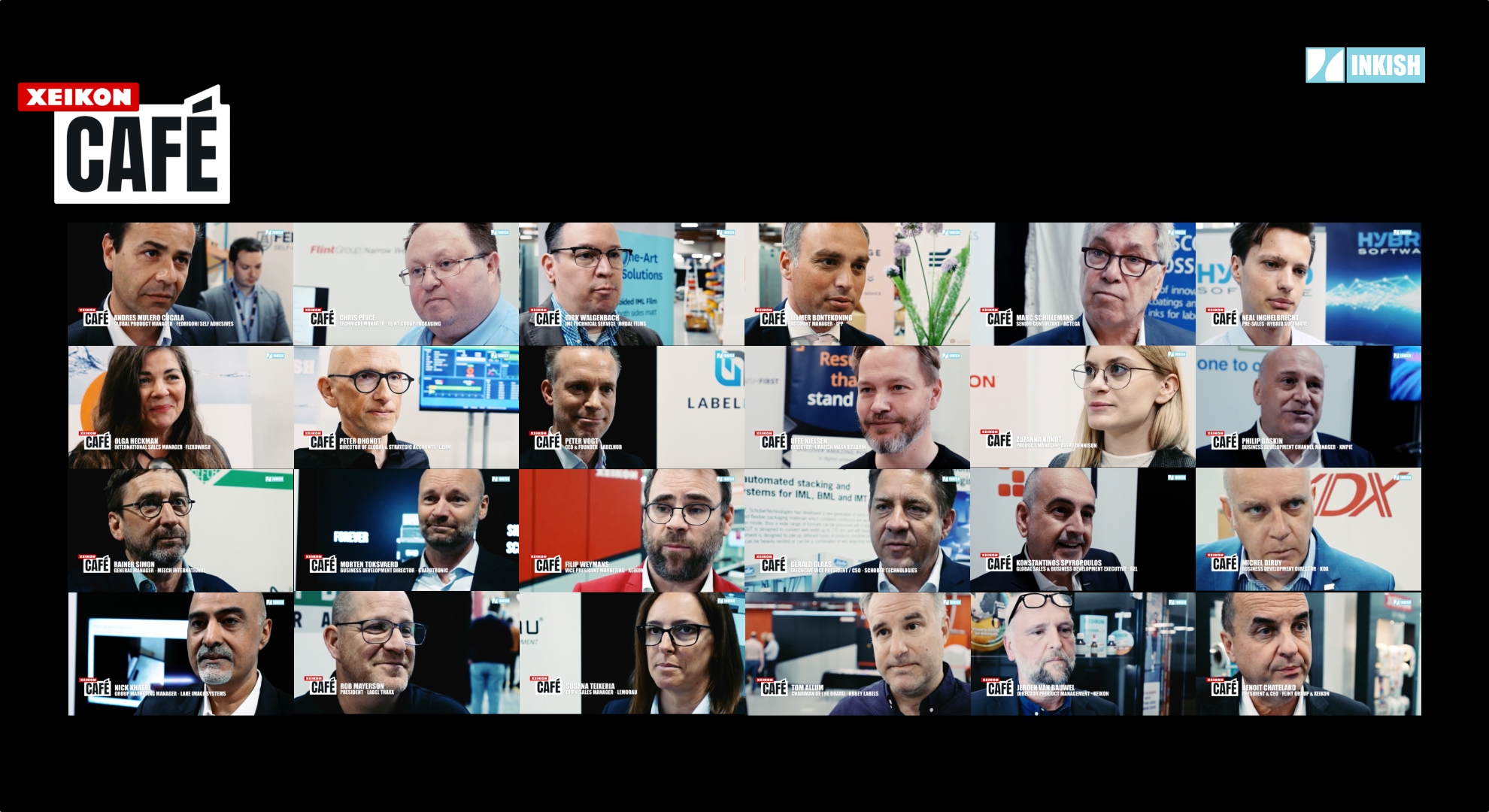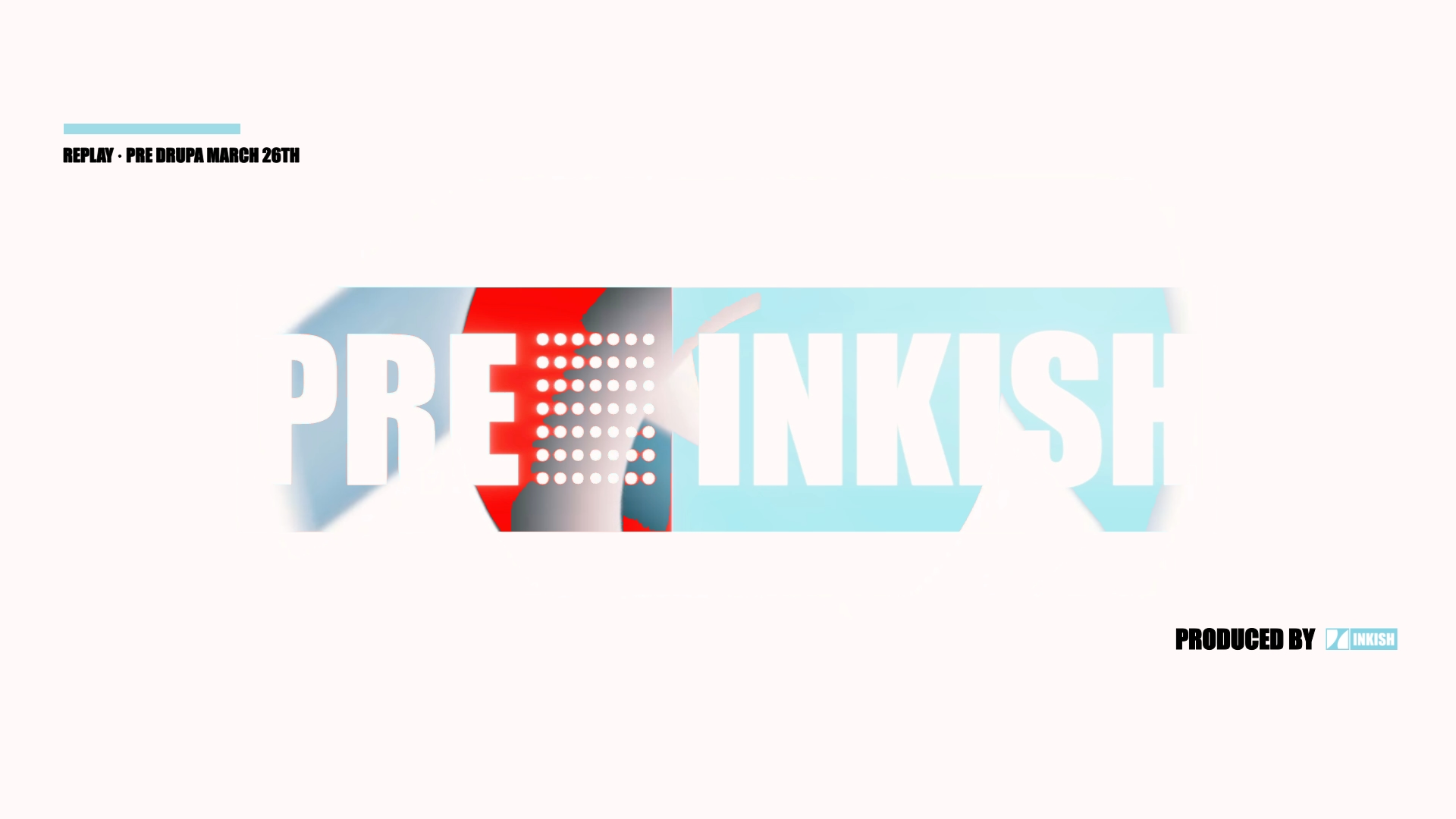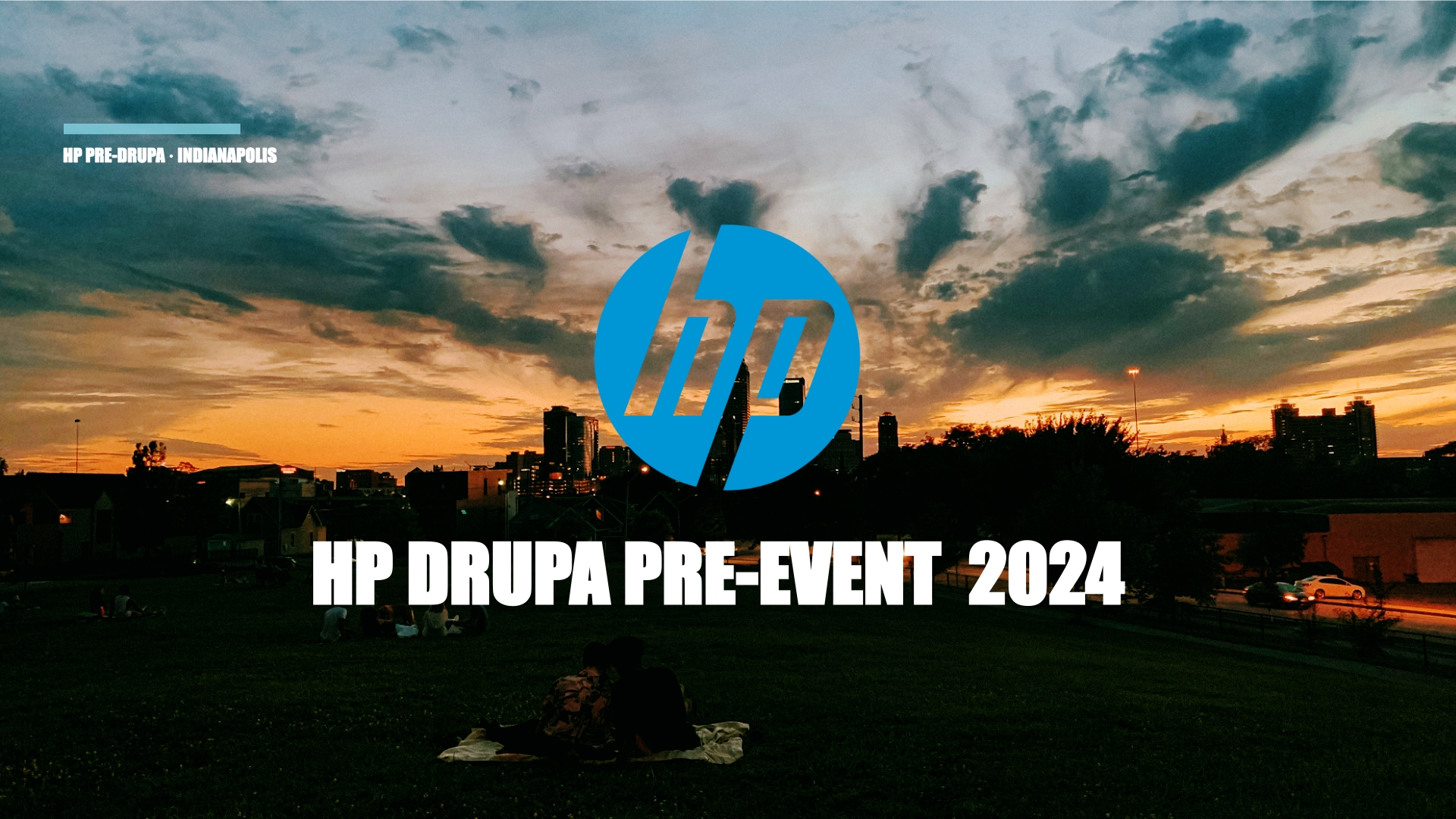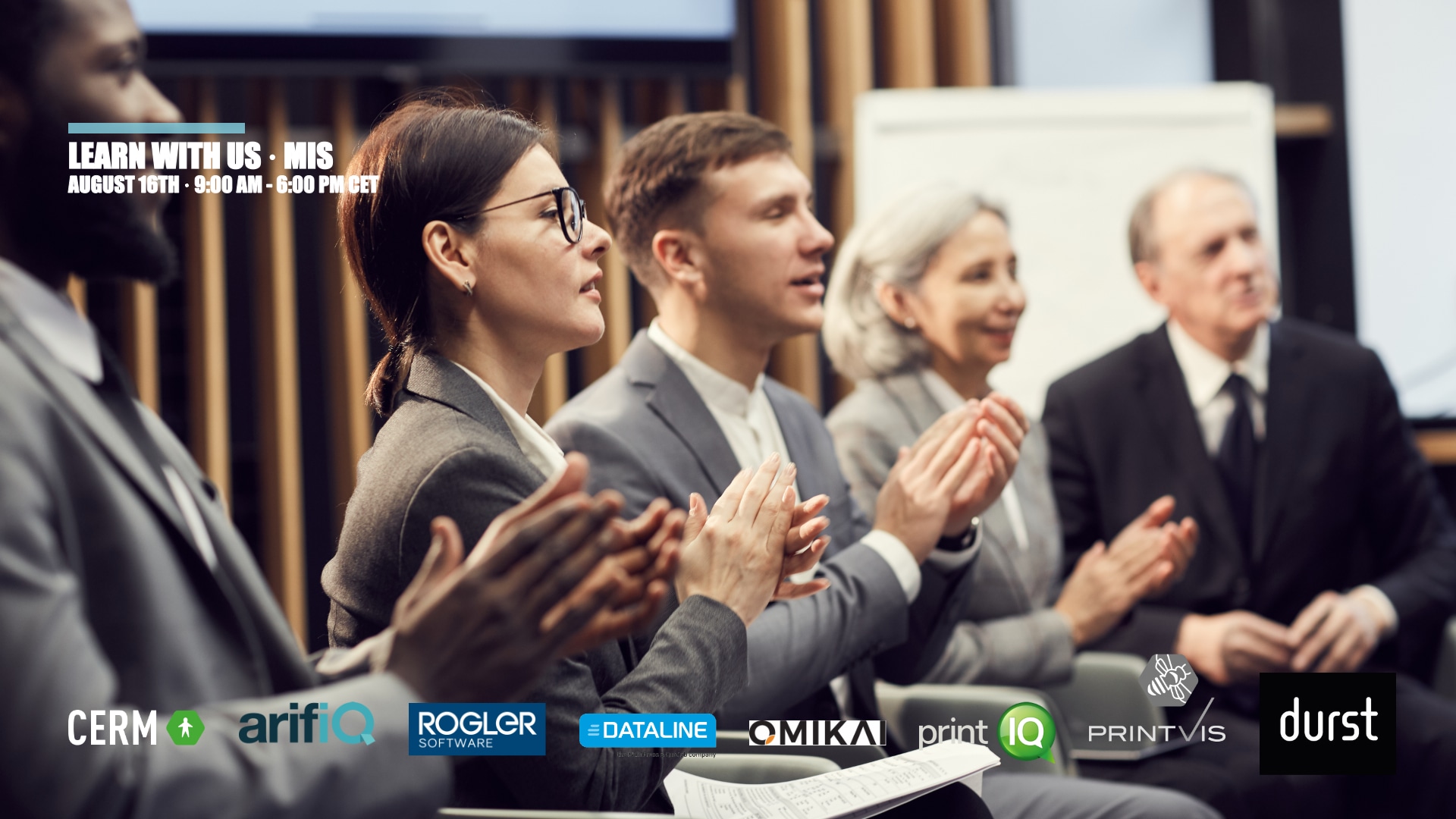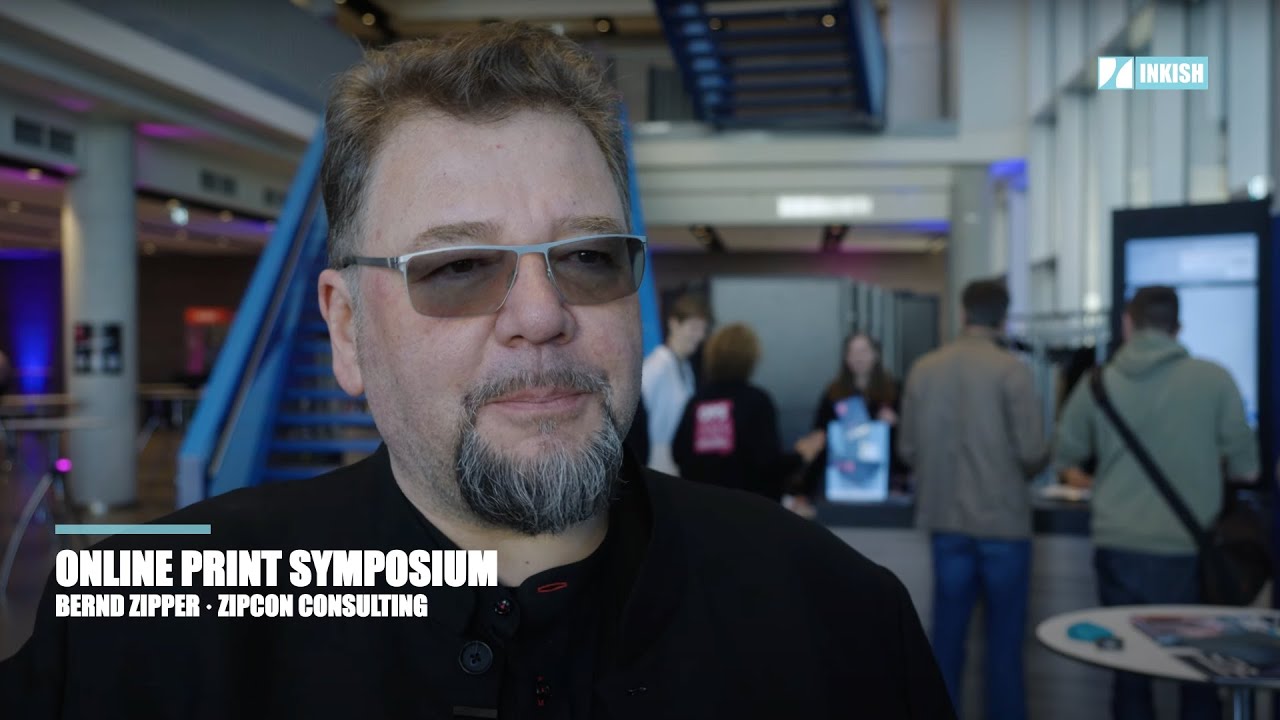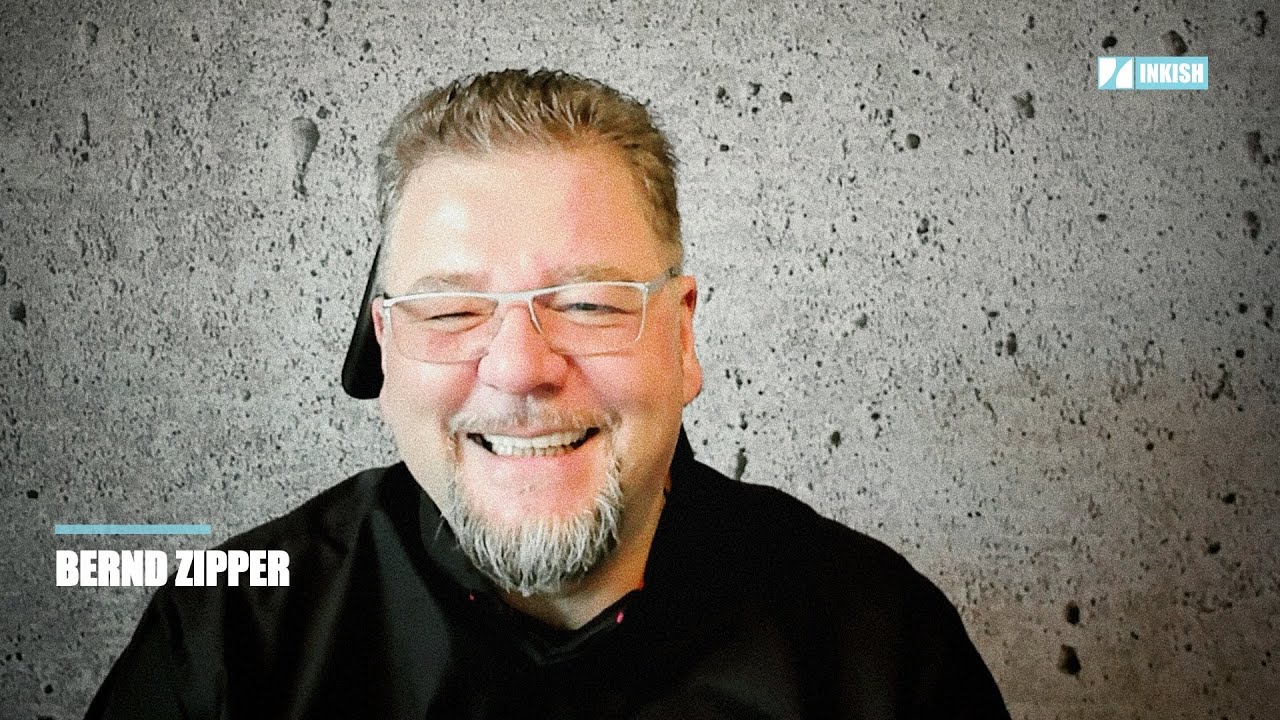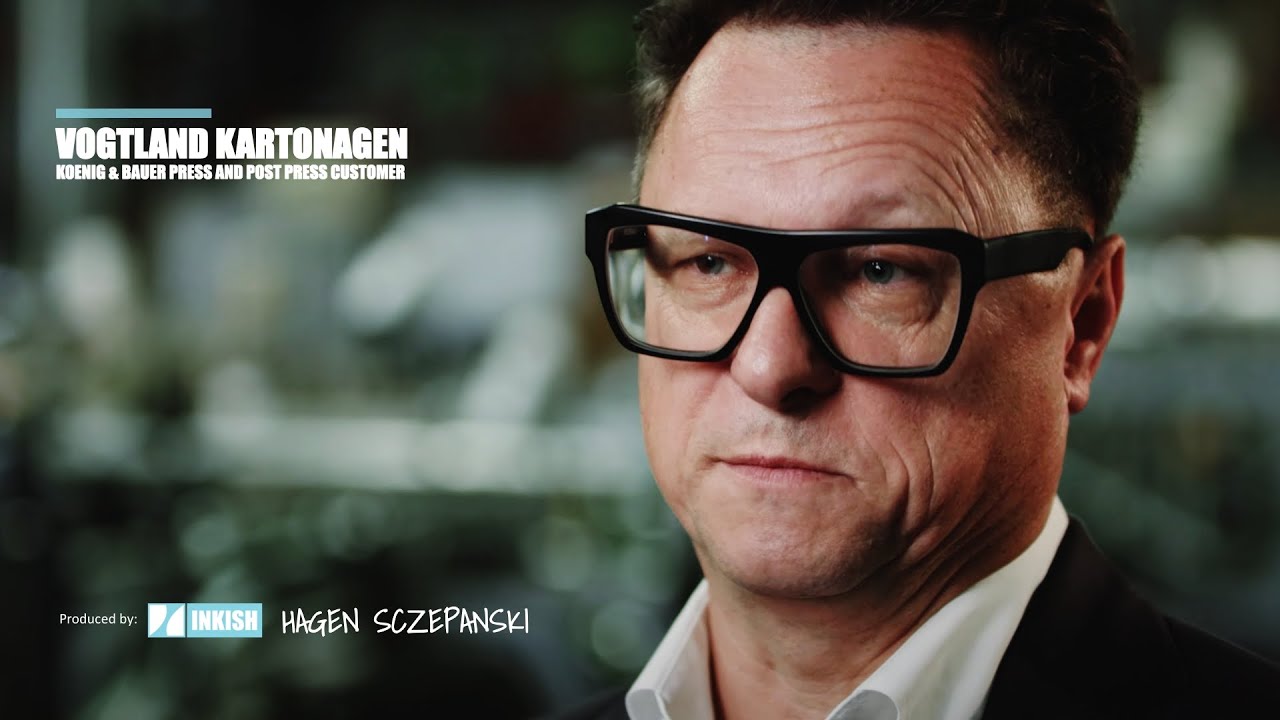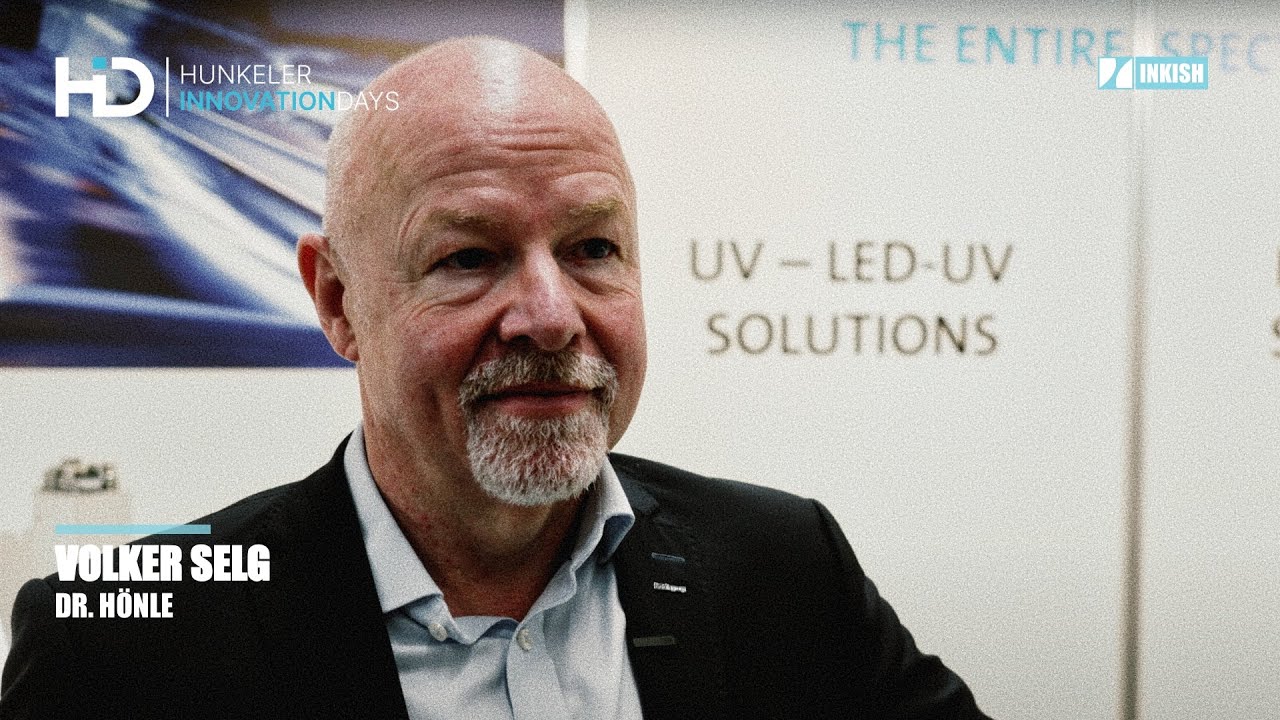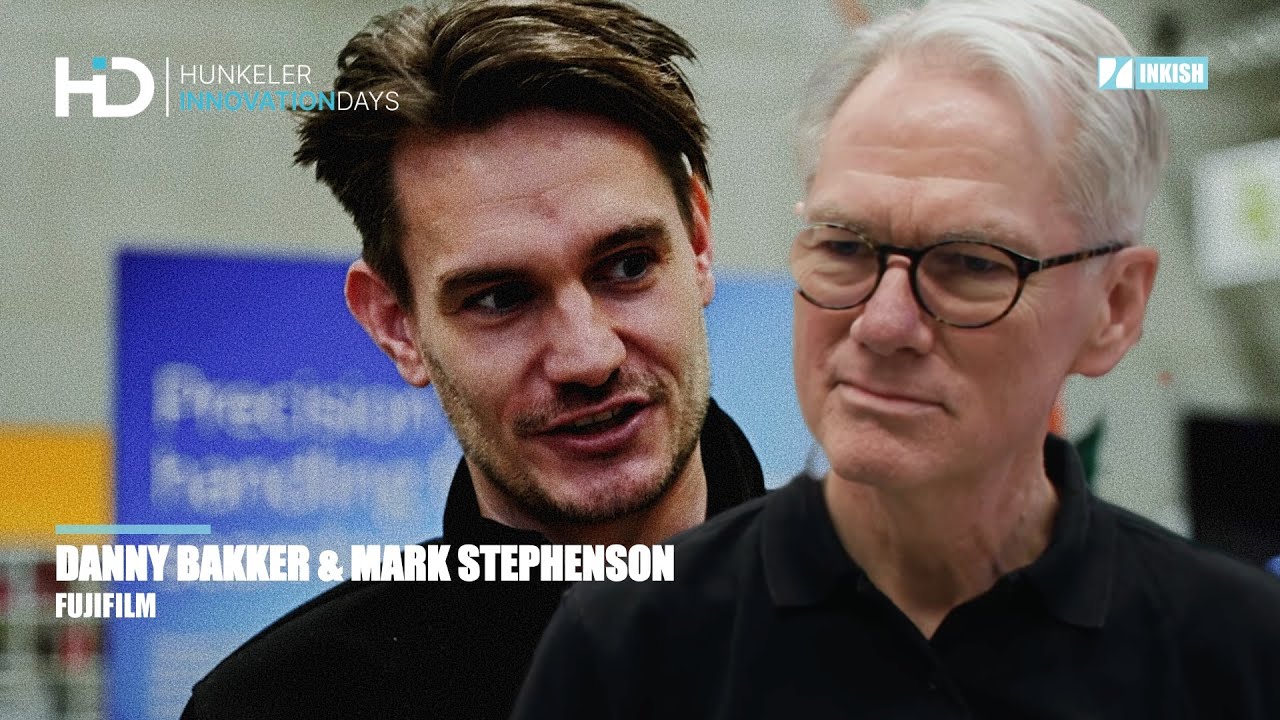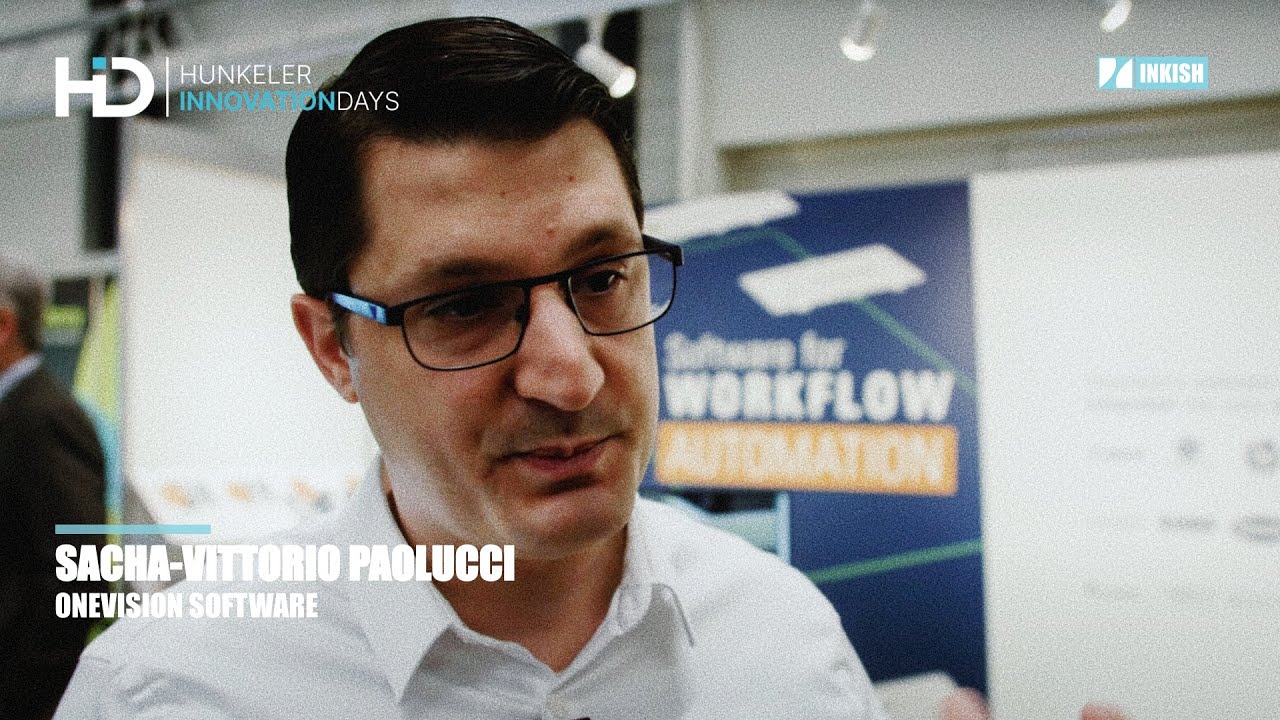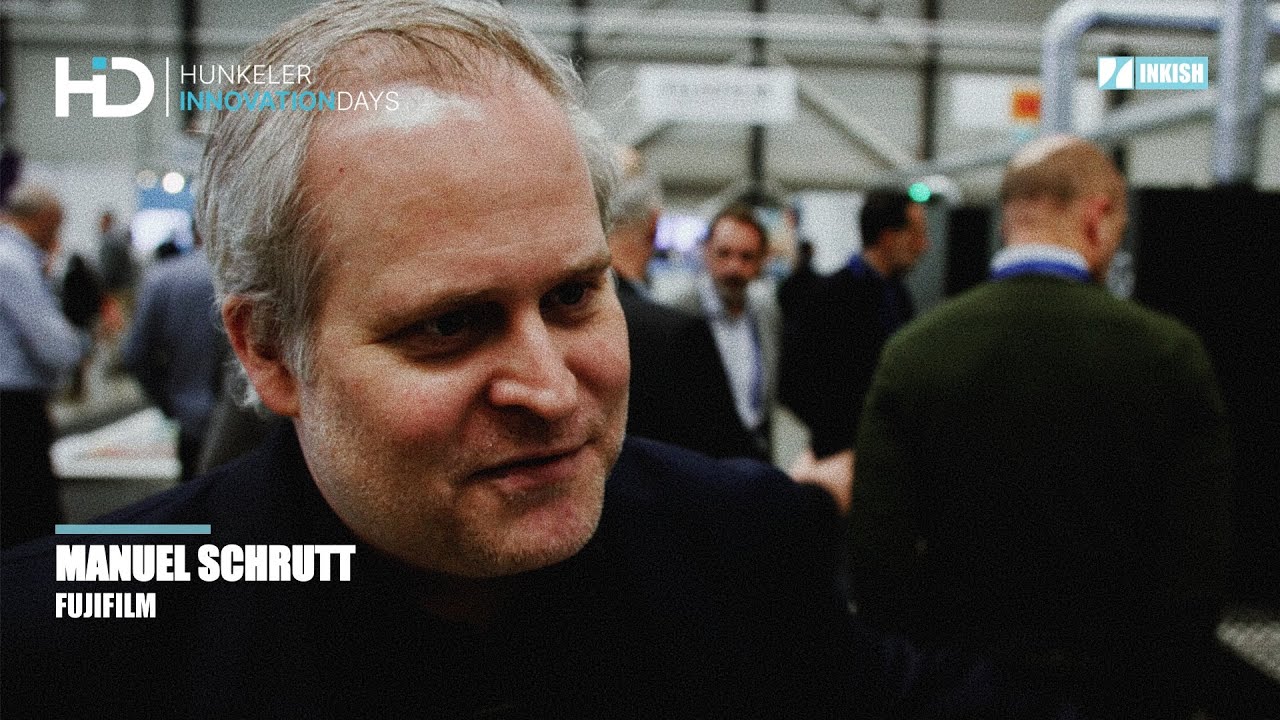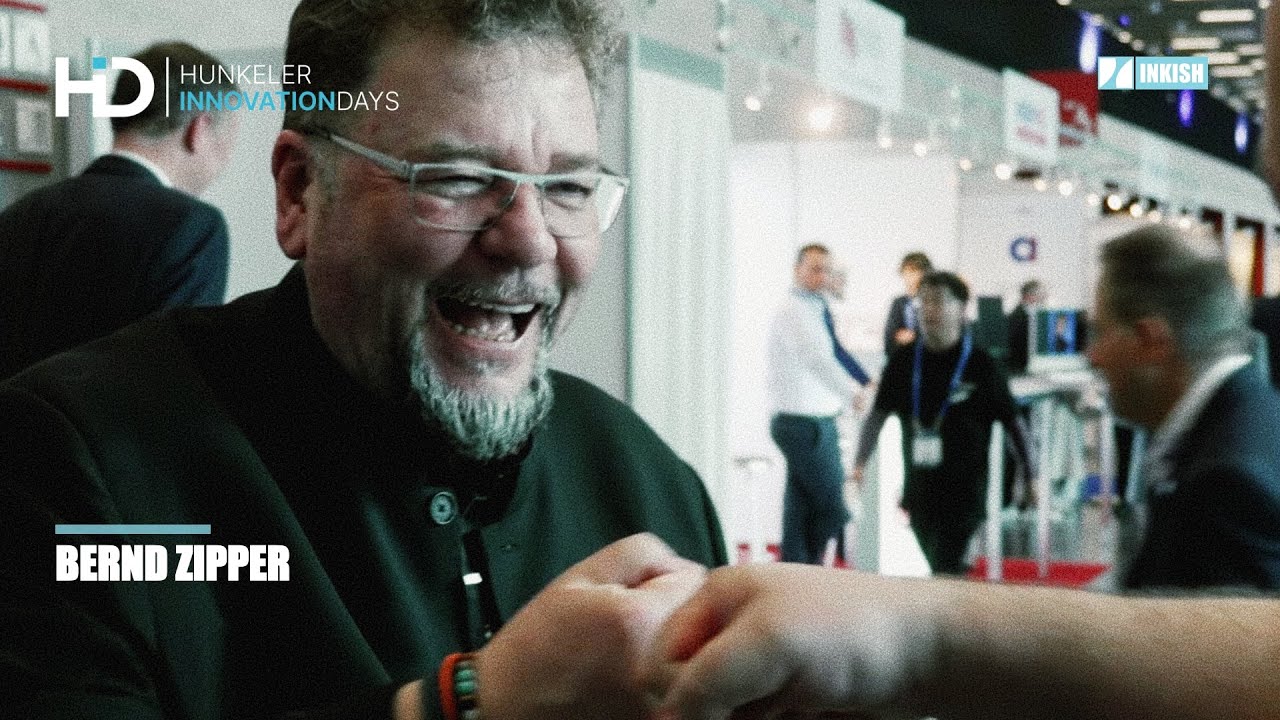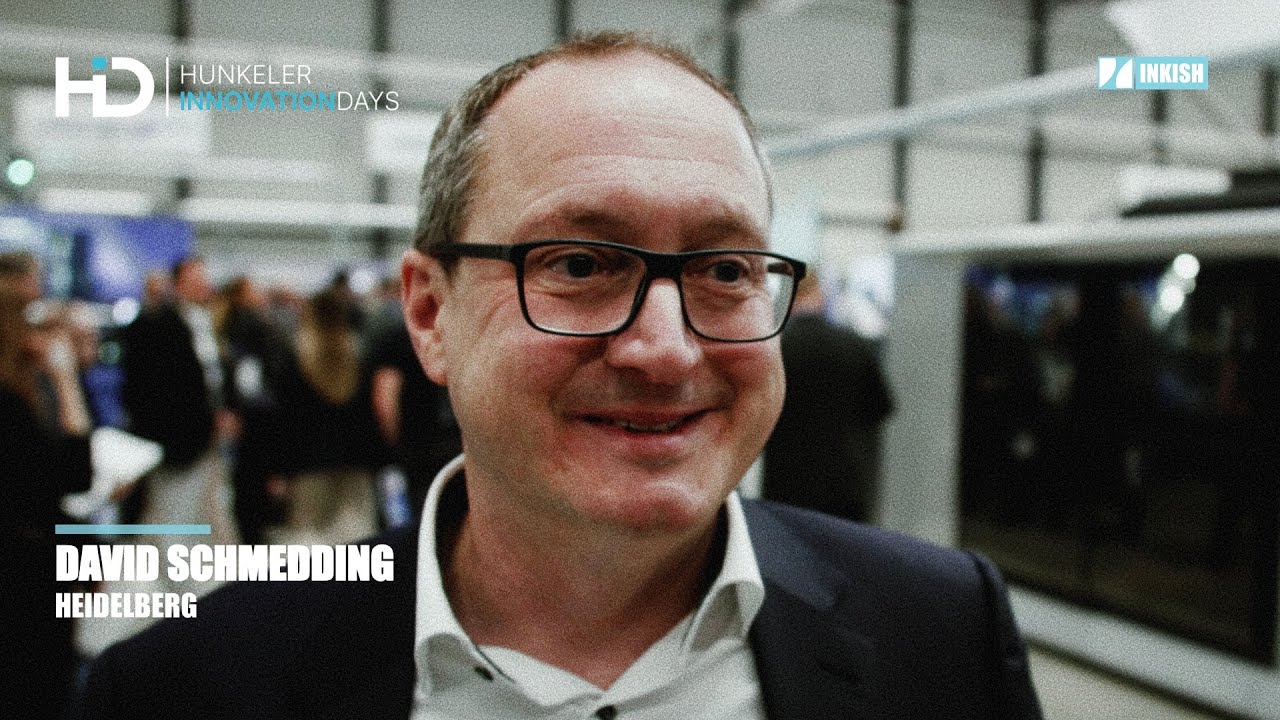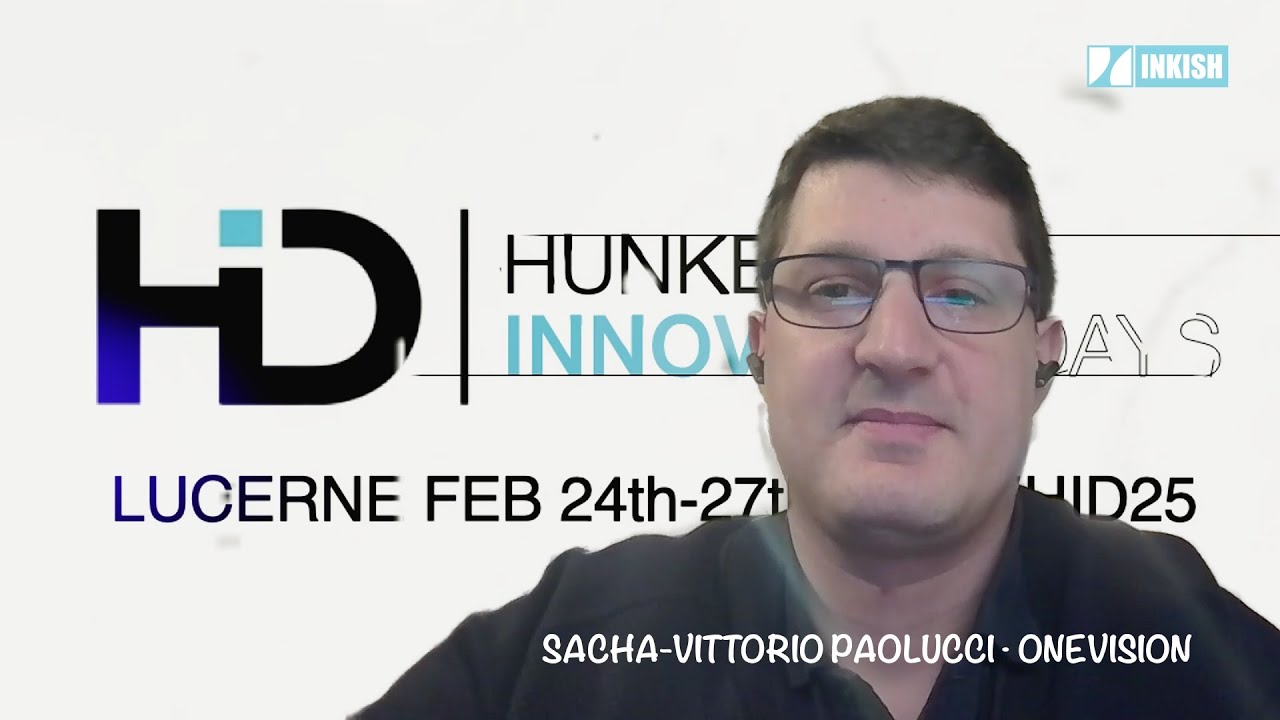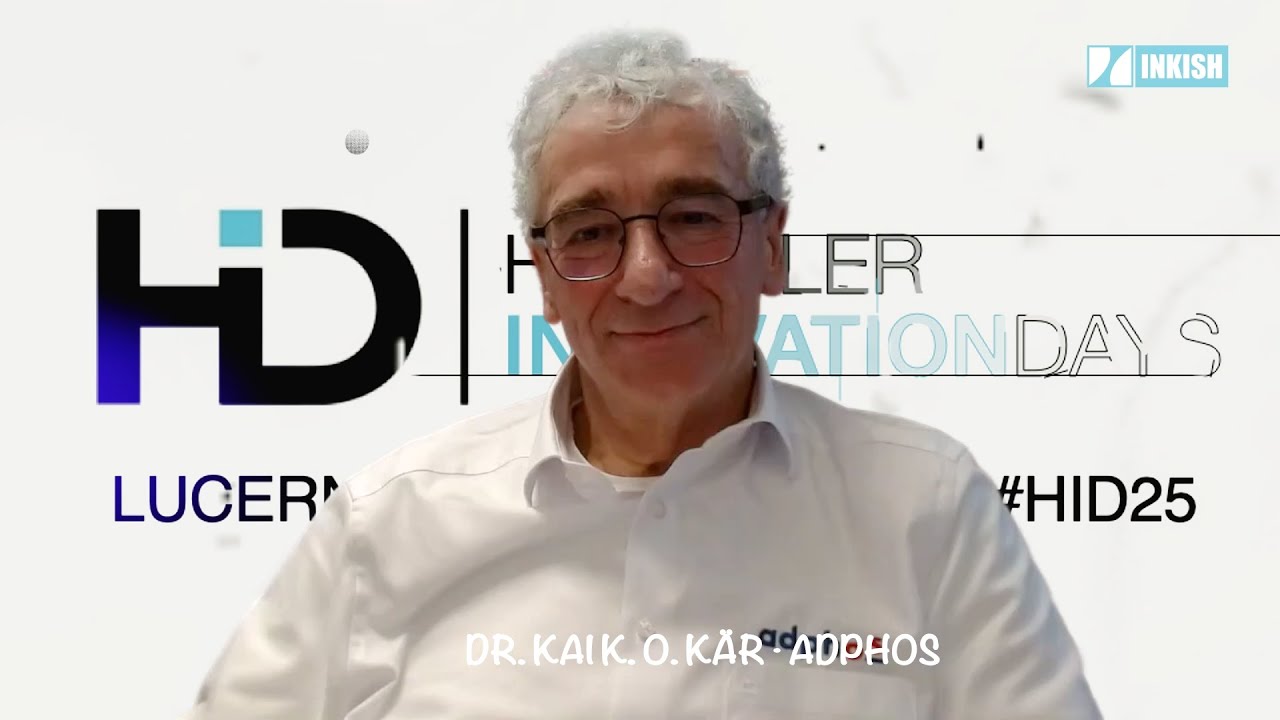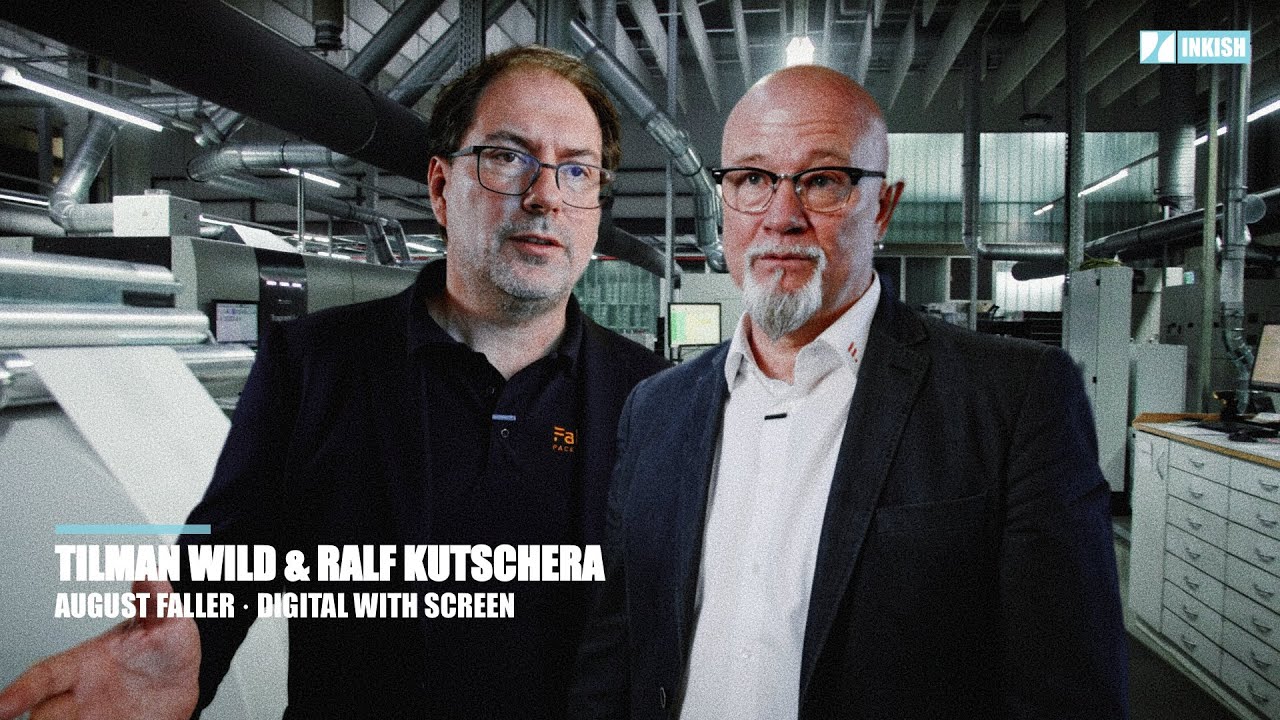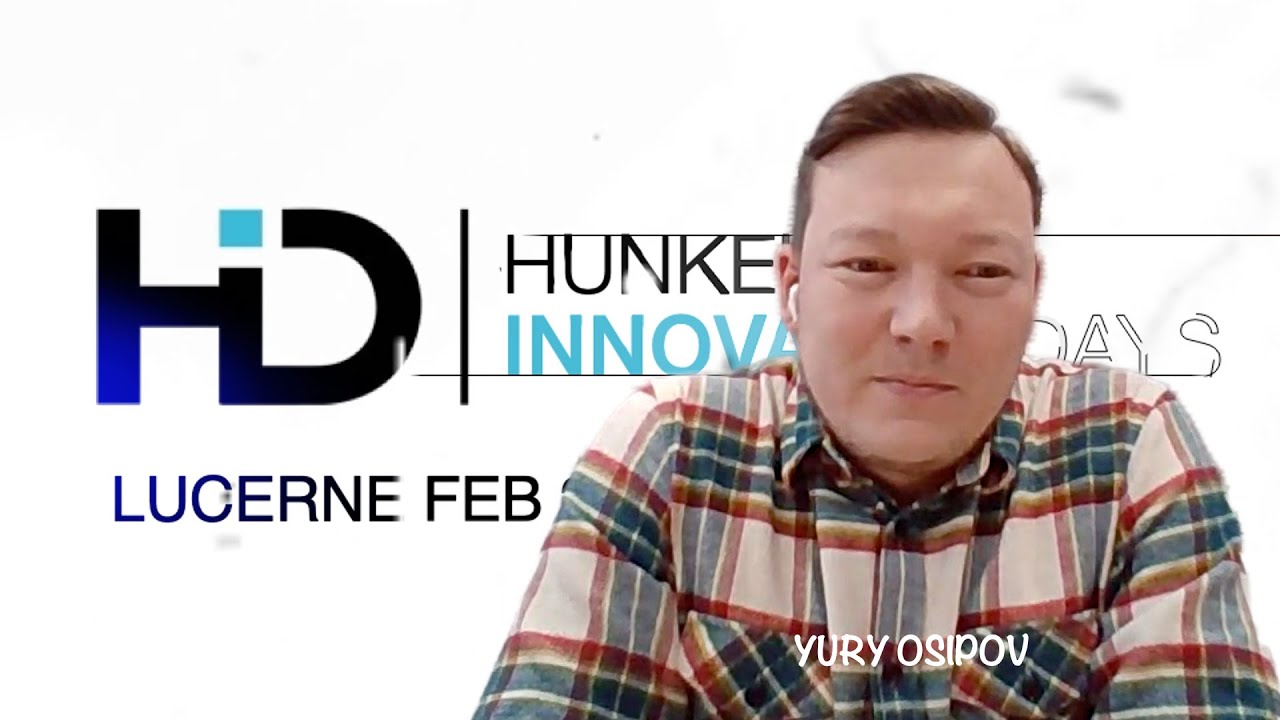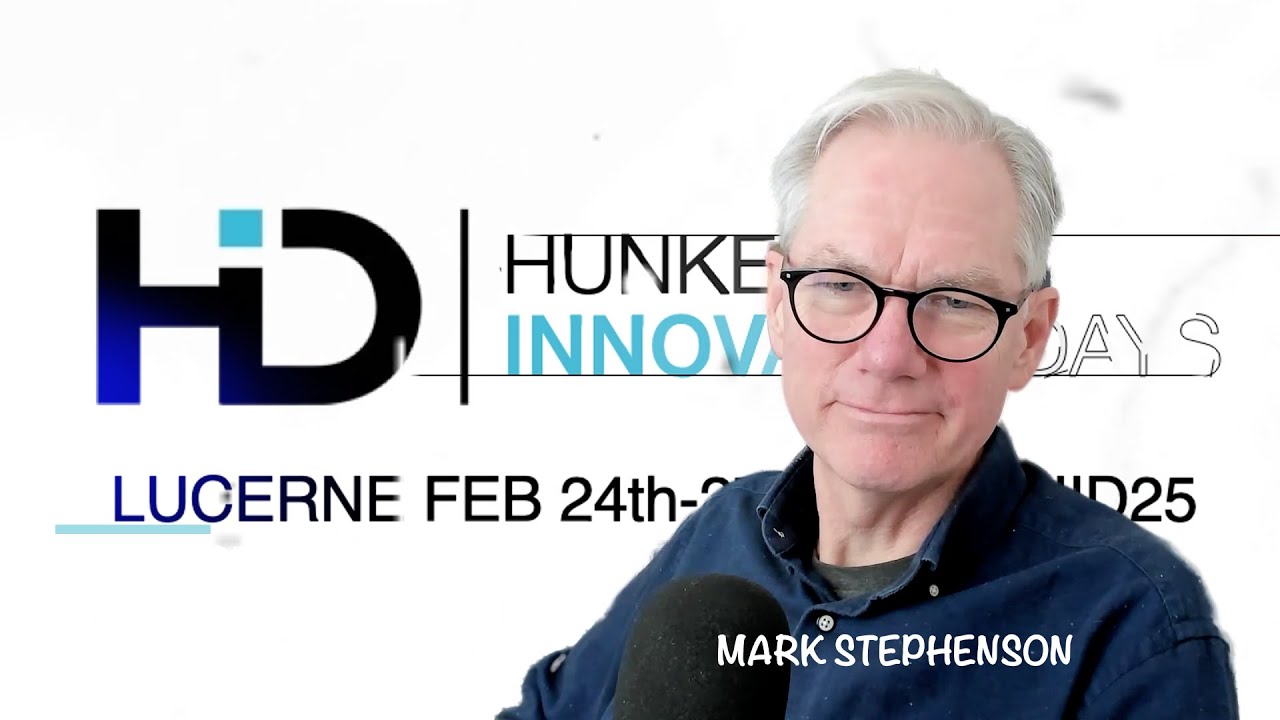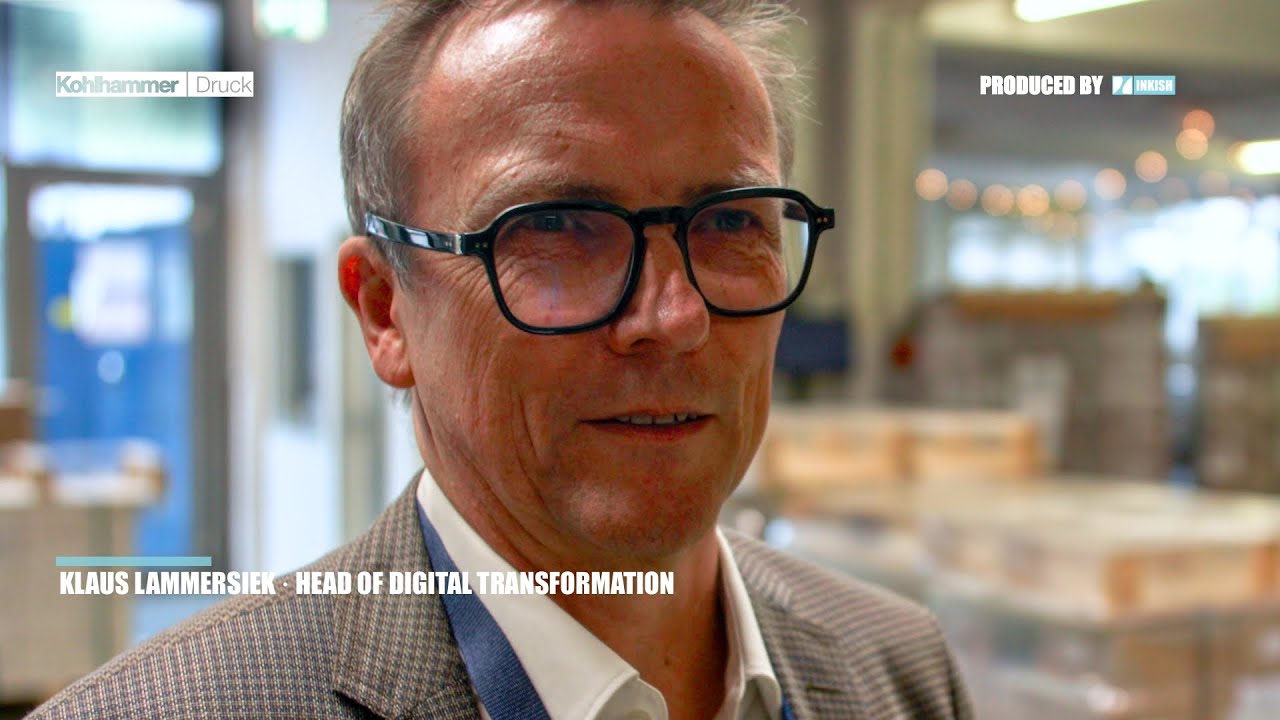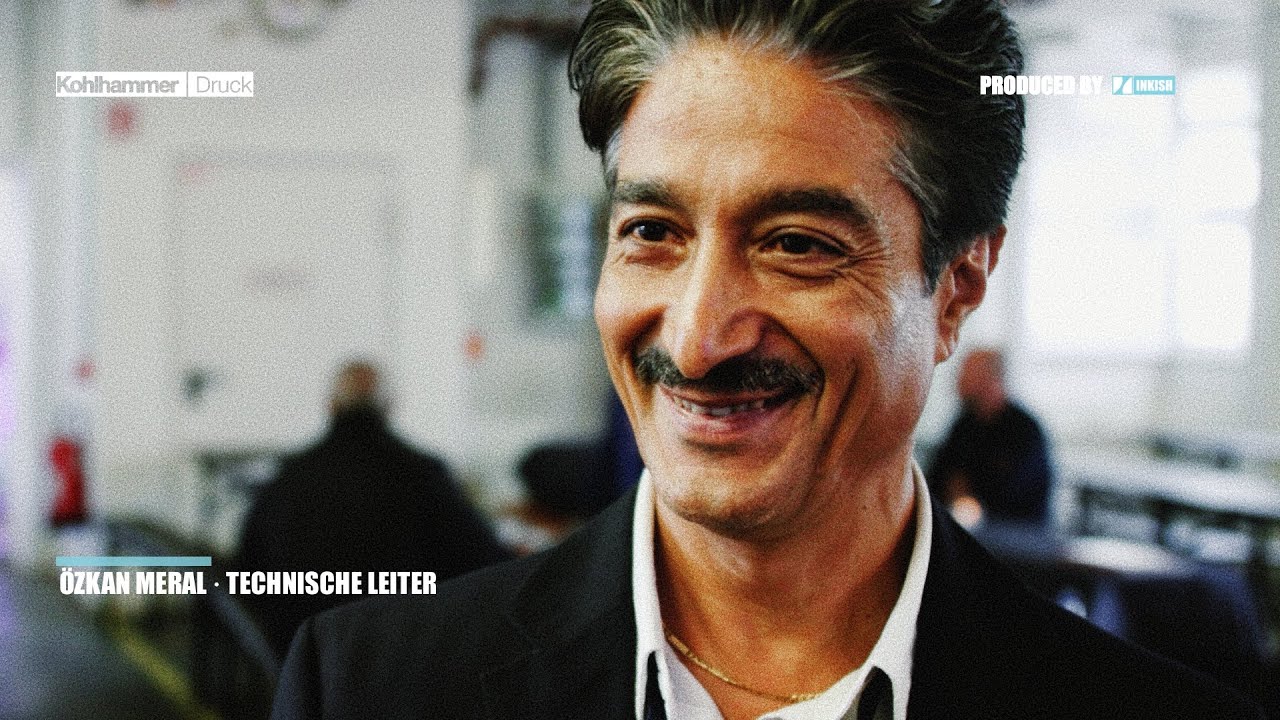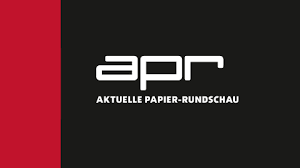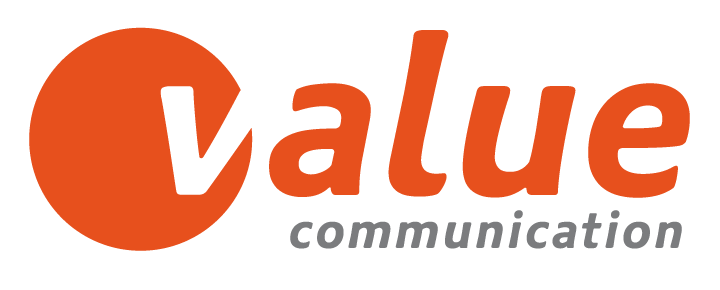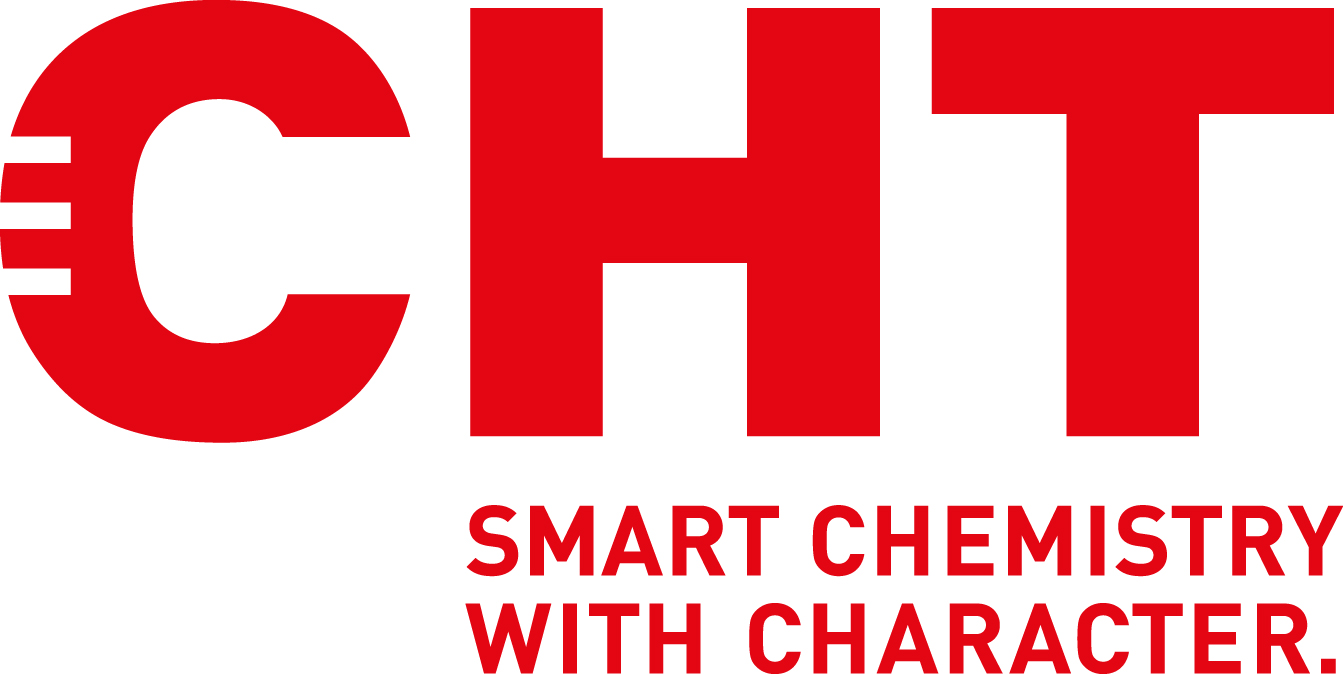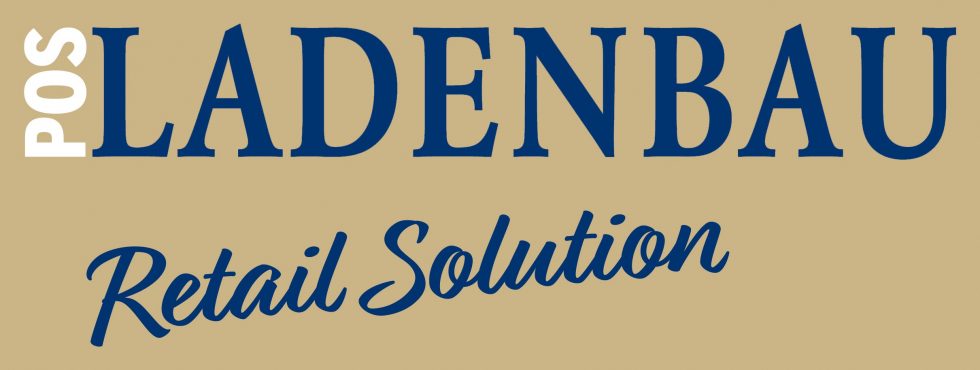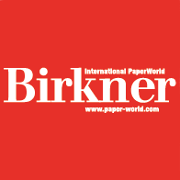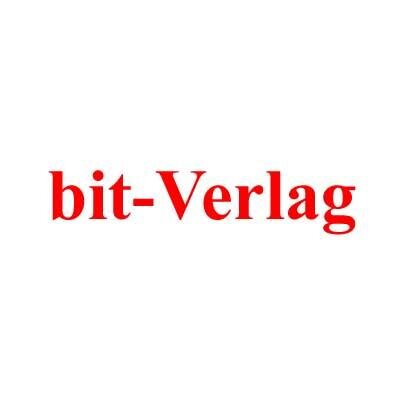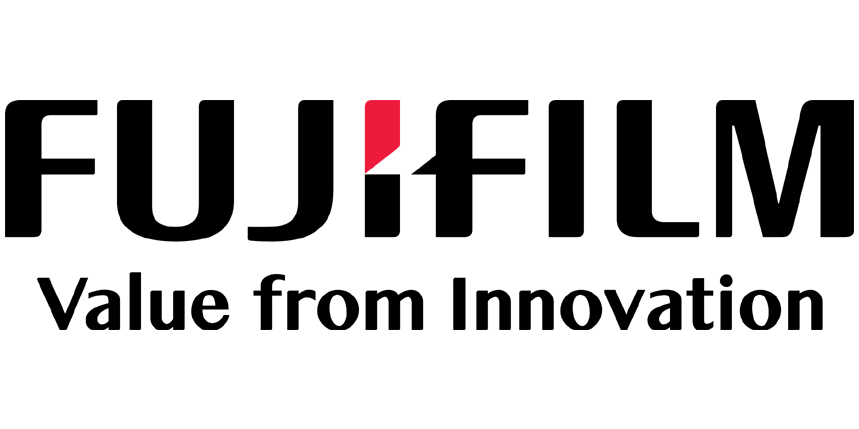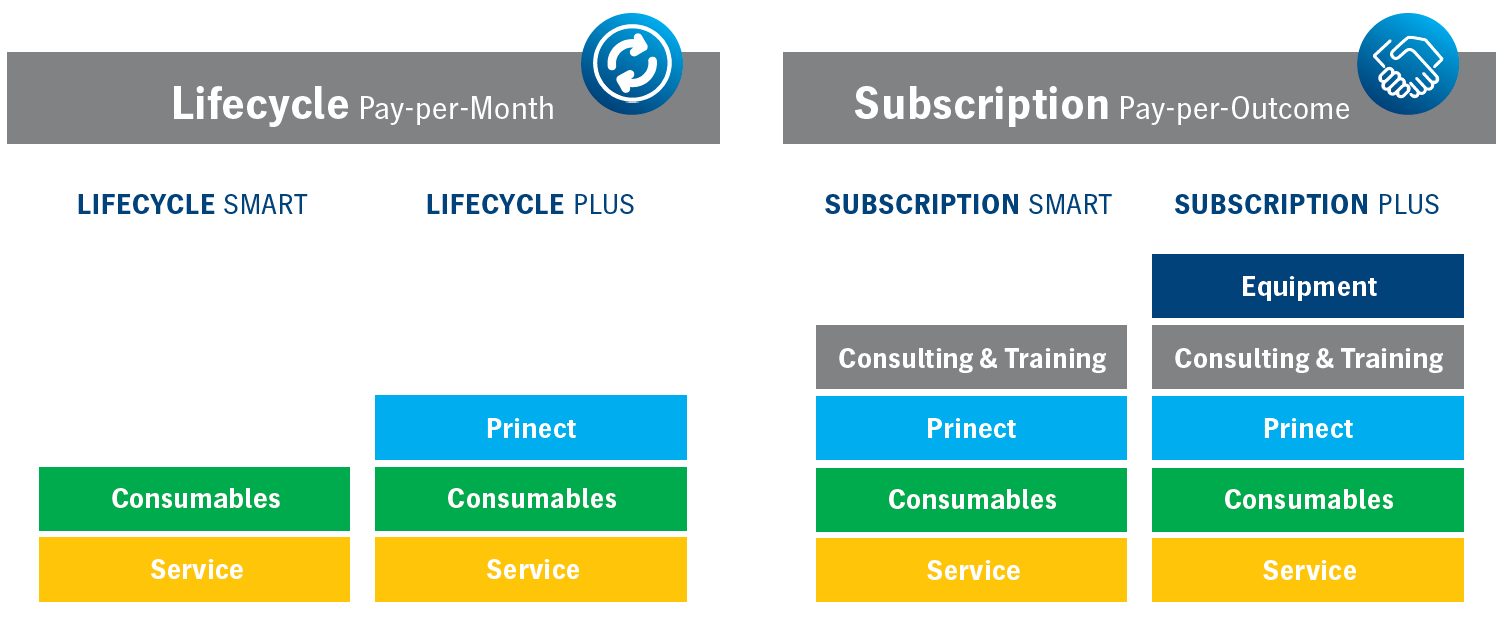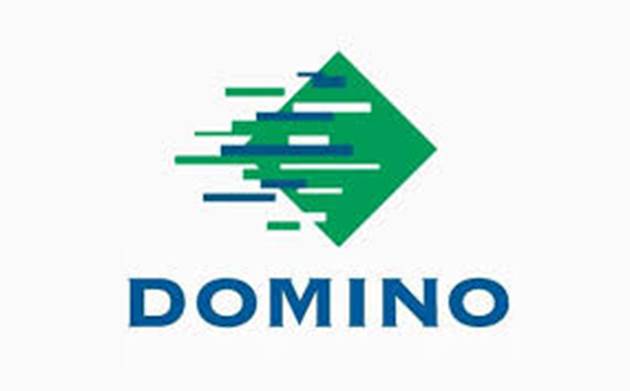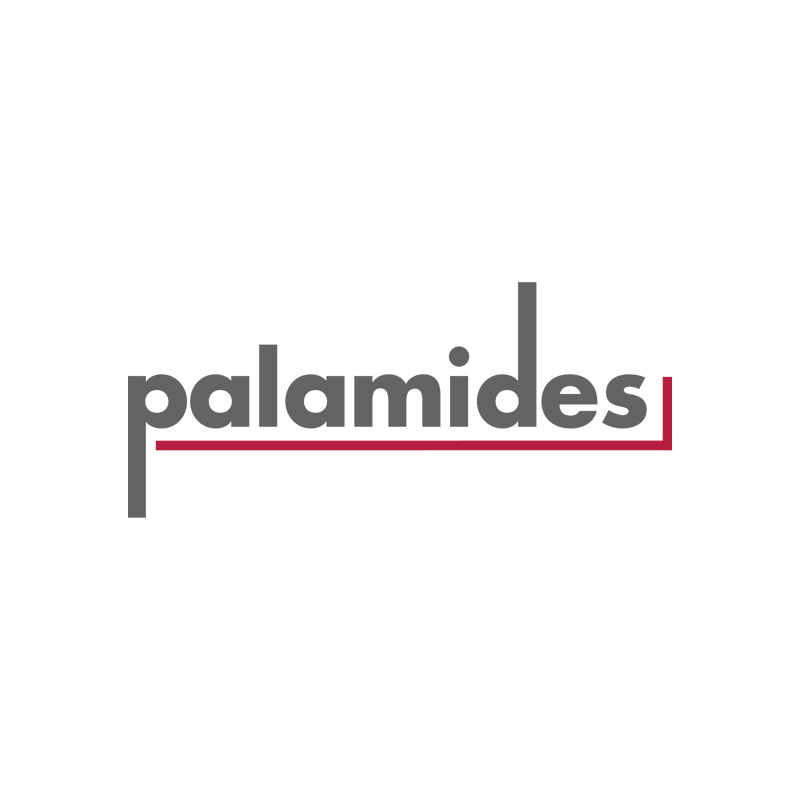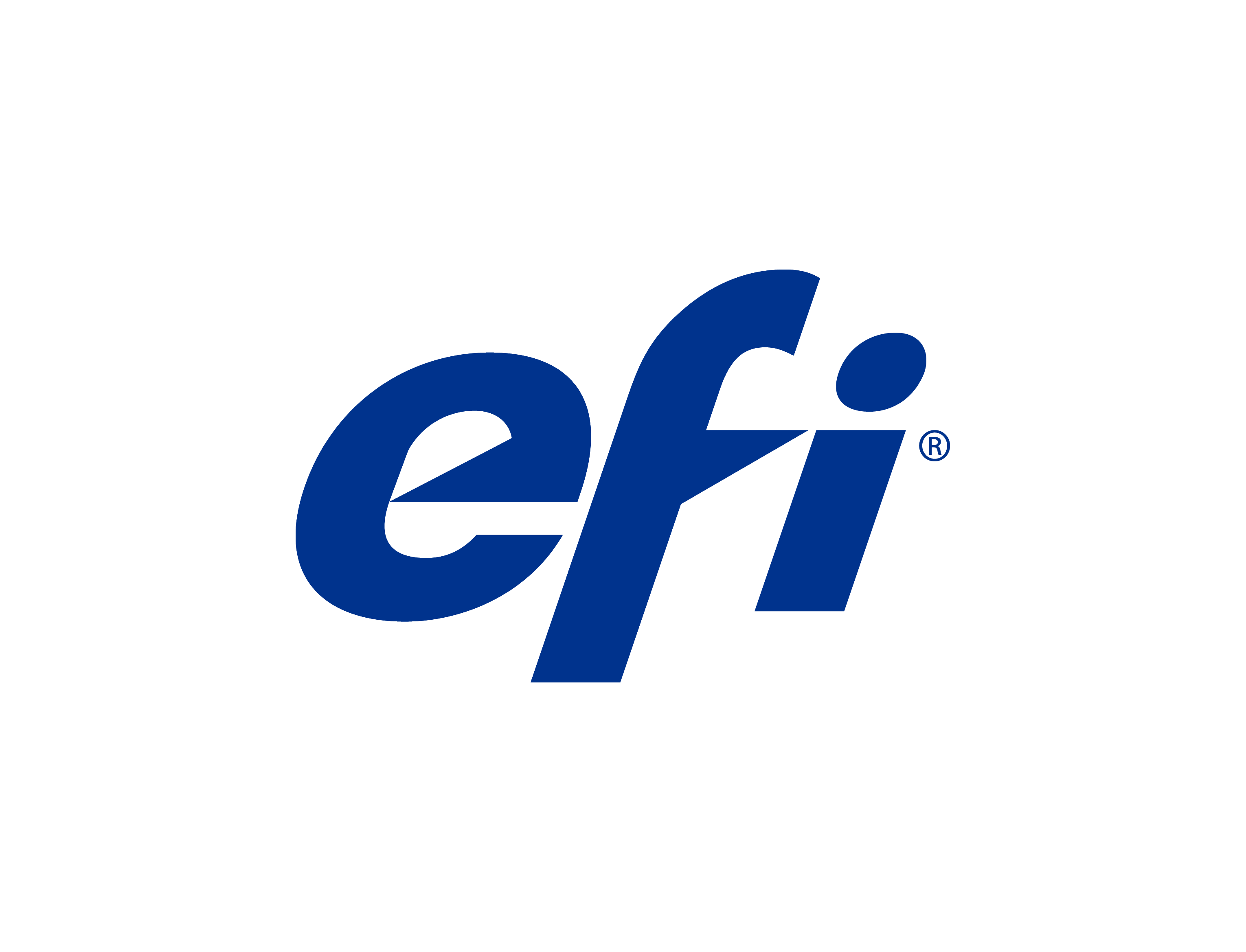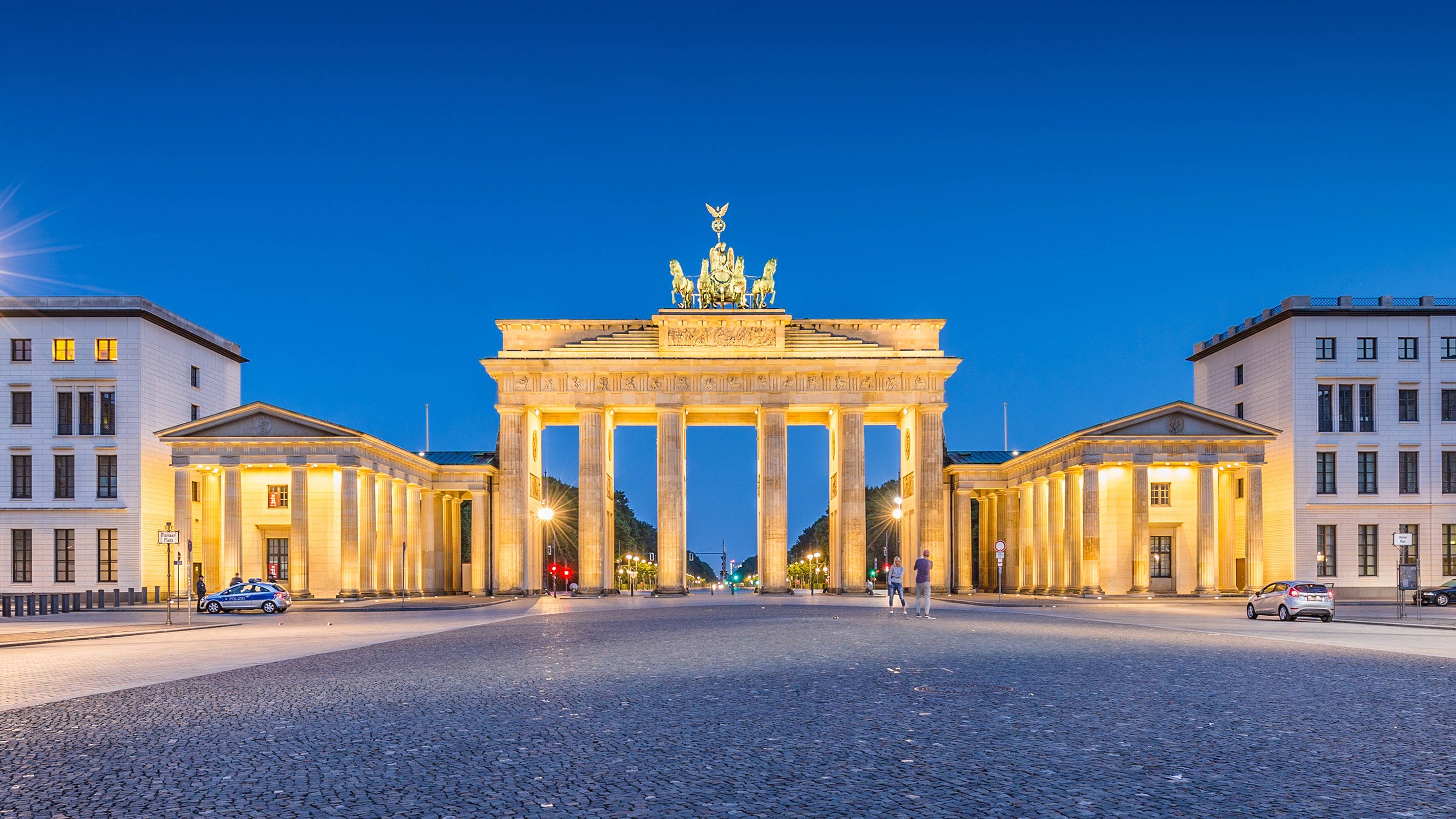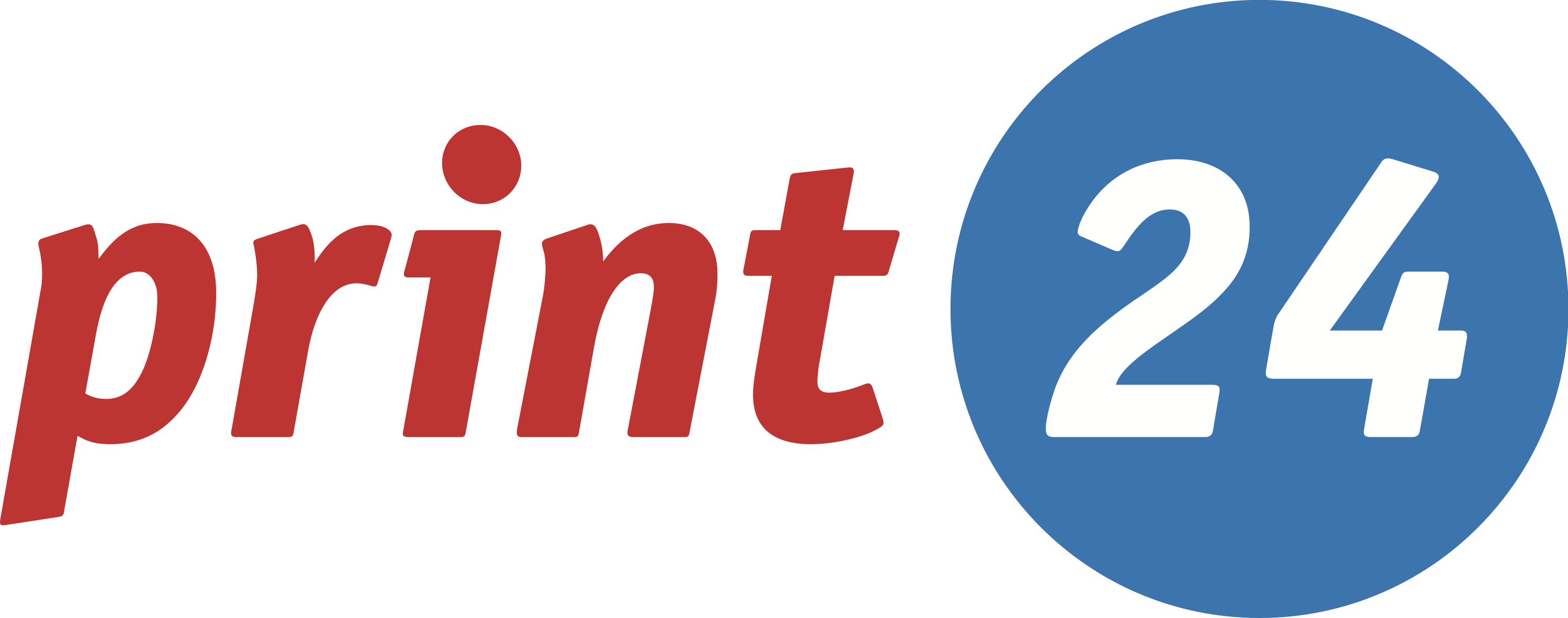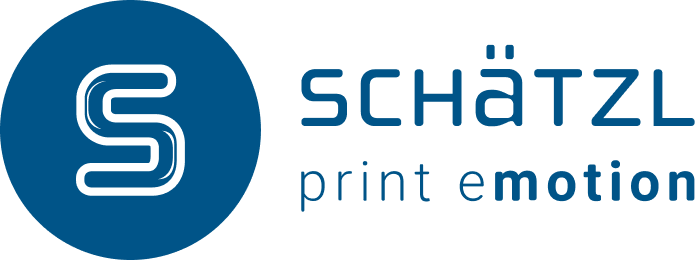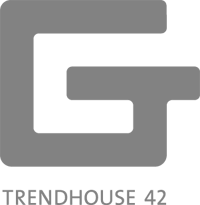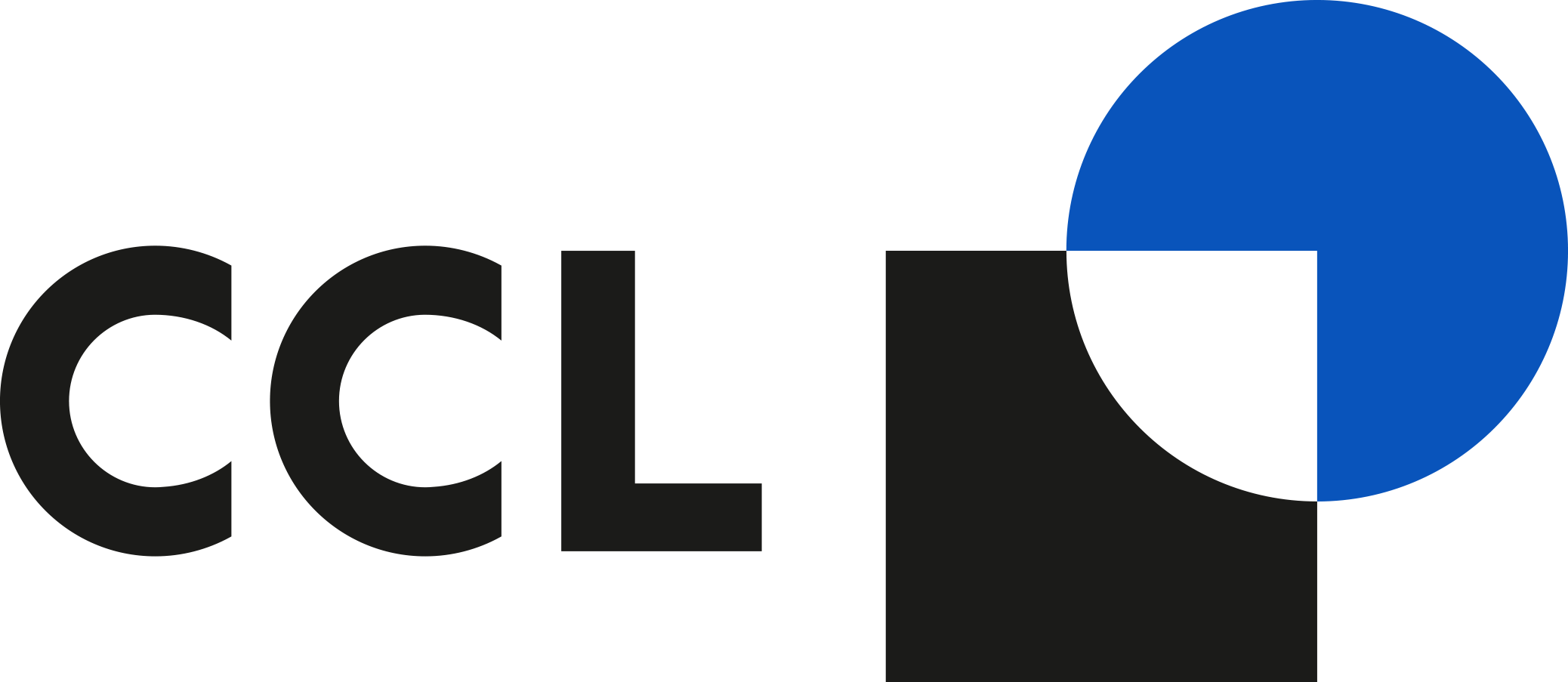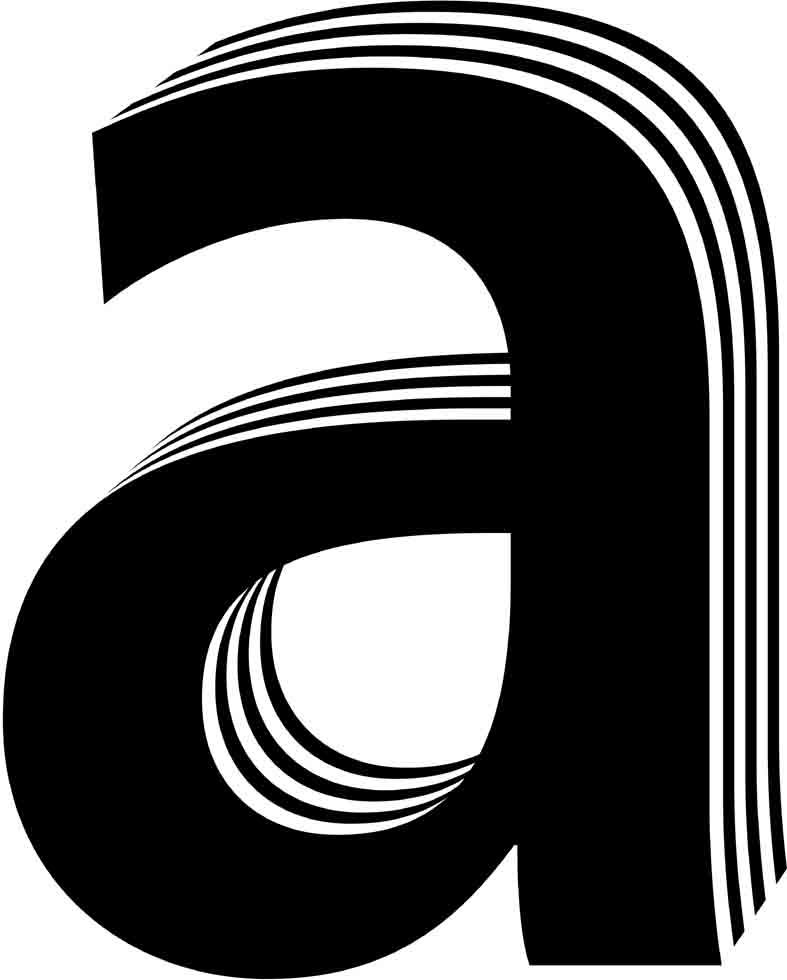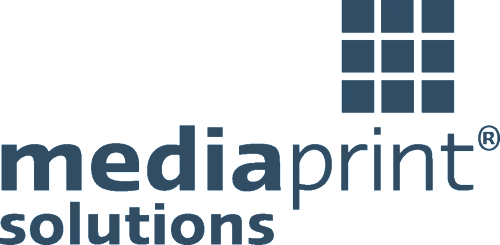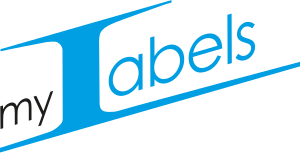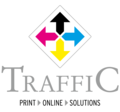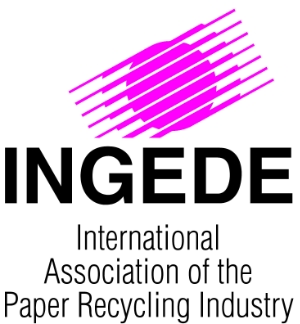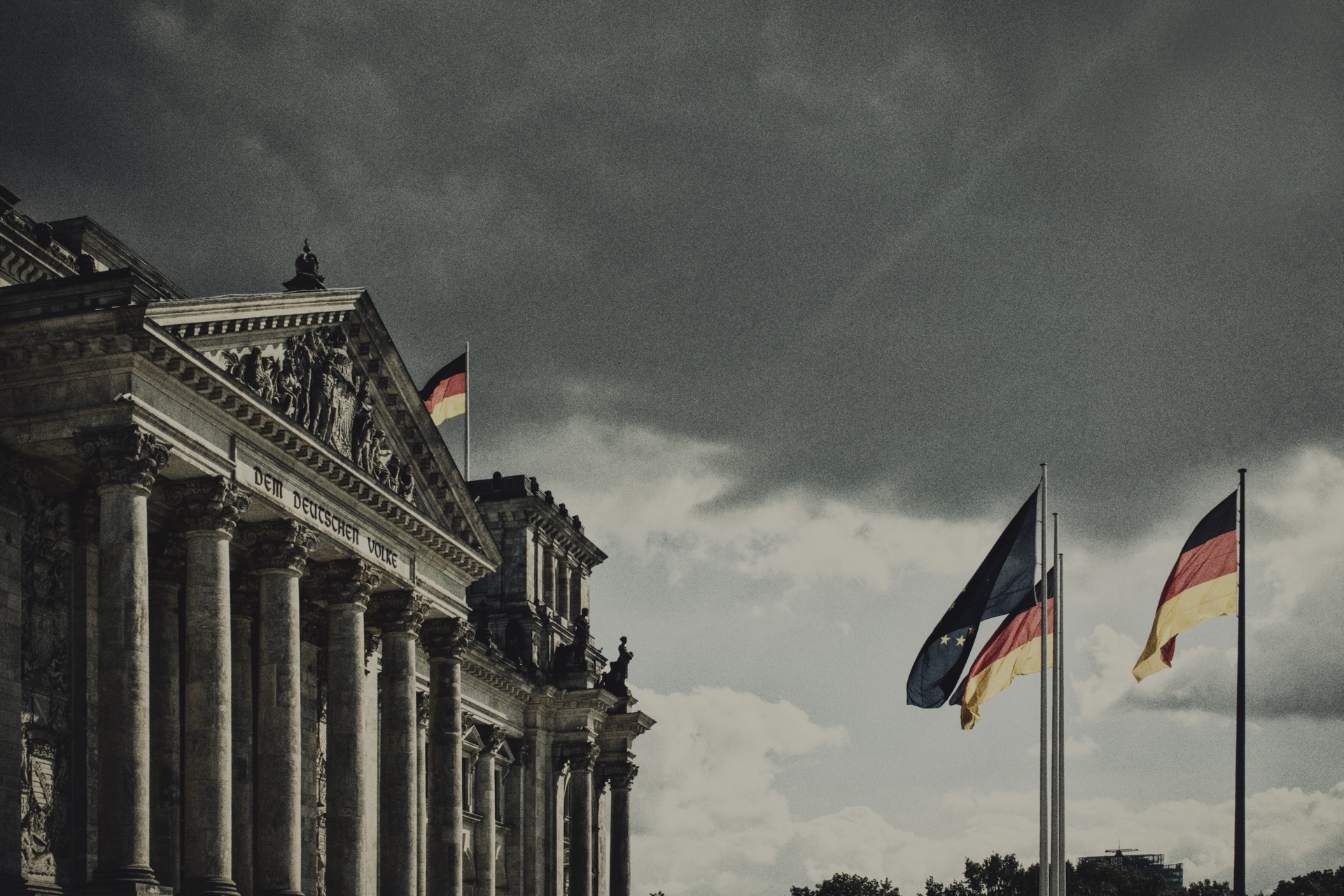 germany
germany
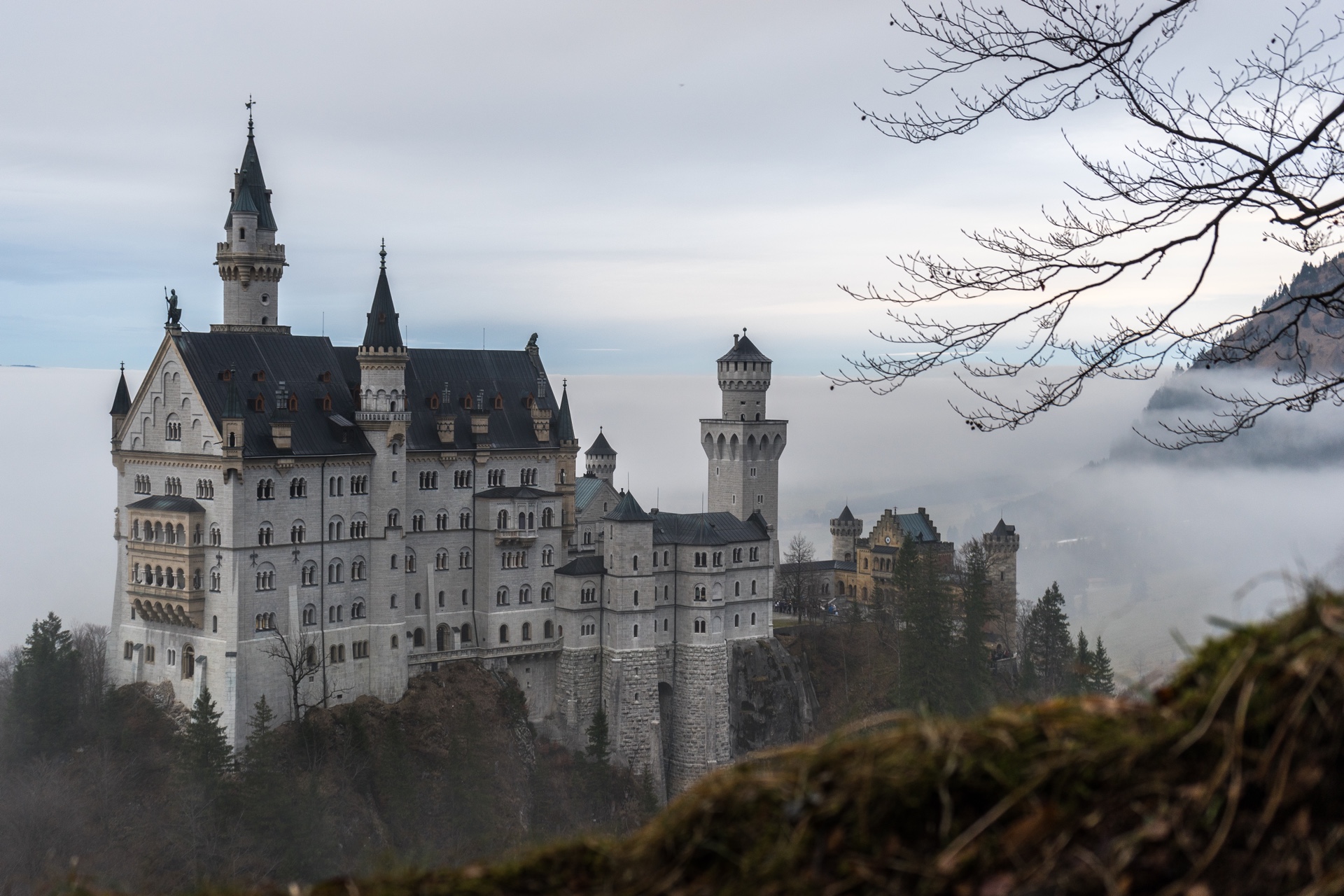
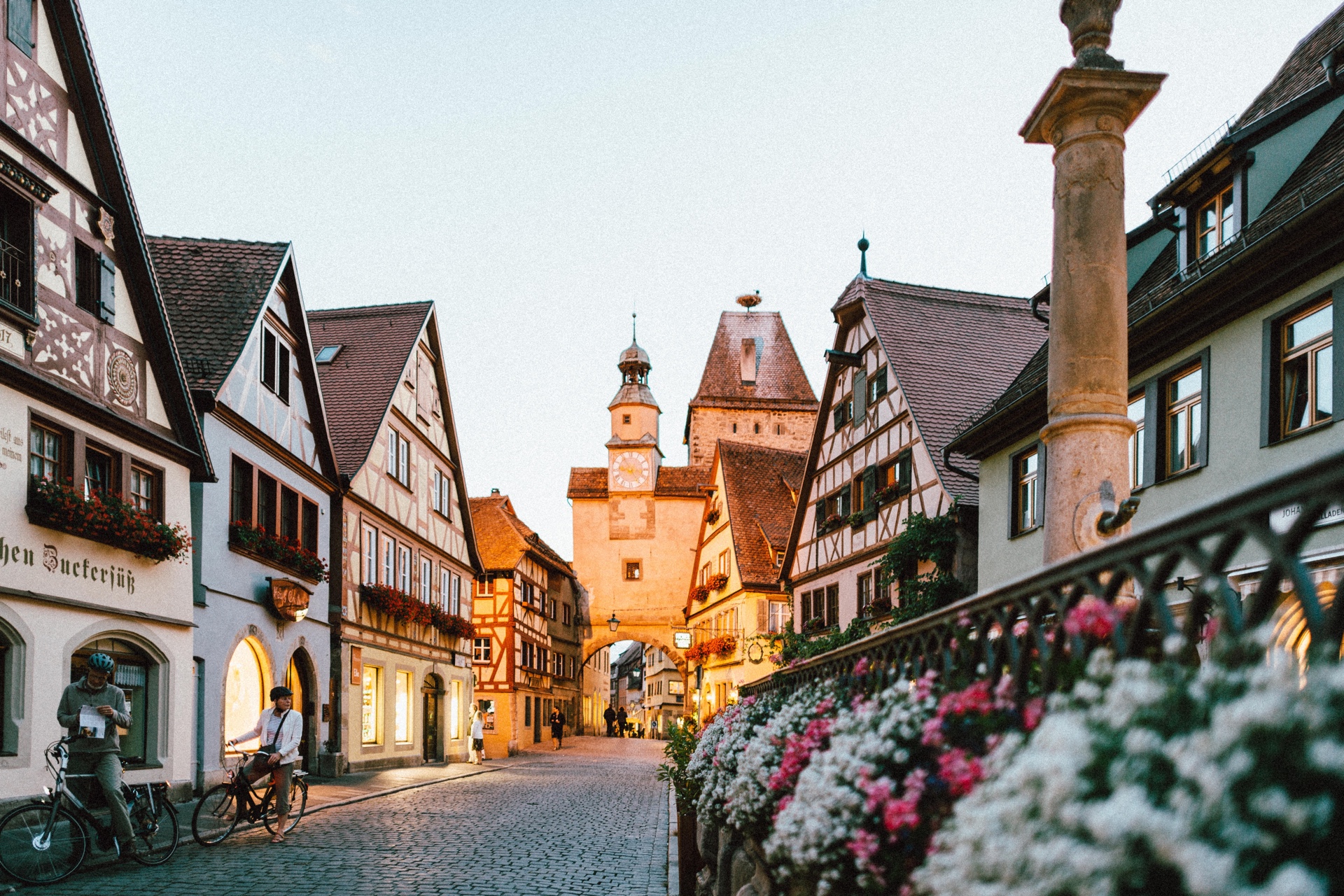
Germany (German: Deutschland, German pronunciation: [ˈdɔʏtʃlant]), officially the Federal Republic of Germany (German: Bundesrepublik Deutschland, ![]() listen (help·info)),[g] is a country in Central and Western Europe, lying between the Baltic and North Seas to the north and the Alps, Lake Constance and the High Rhine to the south. It borders Denmark to the north, Poland and the Czech Republic to the east, Austria and Switzerland to the south, France to the southwest, and Luxembourg, Belgium and the Netherlands to the west.
listen (help·info)),[g] is a country in Central and Western Europe, lying between the Baltic and North Seas to the north and the Alps, Lake Constance and the High Rhine to the south. It borders Denmark to the north, Poland and the Czech Republic to the east, Austria and Switzerland to the south, France to the southwest, and Luxembourg, Belgium and the Netherlands to the west.
Germany includes 16 constituent states, covers an area of 357,386 square kilometres (137,988 sq mi),[7] and has a largely temperate seasonal climate. With 83 million inhabitants, it is the second most populous state of Europe after Russia, the most populous state lying entirely in Europe, as well as the most populous member state of the European Union. Germany is a very decentralised country. Its capital and largest metropolis is Berlin, while Frankfurt serves as its financial capital and has the country’s busiest airport. Germany’s largest urban area is the Ruhr, with its main centres of Dortmund and Essen. The country’s other major cities are Hamburg, Munich, Cologne, Stuttgart, Düsseldorf, Leipzig, Bremen, Dresden, Hanover, and Nuremberg.
Various Germanic tribes have inhabited the northern parts of modern Germany since classical antiquity. A region named Germania was documentedbefore AD 100. During the Migration Period, the Germanic tribes expanded southward. Beginning in the 10th century, German territories formed a central part of the Holy Roman Empire.[13] During the 16th century, northern German regions became the centre of the Protestant Reformation. After the collapse of the Holy Roman Empire, the German Confederation was formed in 1815. The German revolutions of 1848–49 resulted in the Frankfurt Parliament establishing major democratic rights.
In 1871, Germany became a nation state when most of the German states unified (except Switzerland and Austria) into the Prussian-dominated German Empire. After World War I and the revolution of 1918–19, the Empire was replaced by the parliamentary Weimar Republic. The Nazi seizure of power in 1933 led to the establishment of a dictatorship, the annexation of Austria, World War II, and the Holocaust. After the end of World War II in Europe and a period of Allied occupation, Austria was re-established as an independent country and two new German states were founded: West Germany, formed from the American, British, and French occupation zones, and East Germany, formed from the Soviet occupation zone. About a quarter of Germany’s pre-war territory was annexed by Poland and the Soviet Union leading to the expulsion of Germans. Following the Revolutions of 1989 that ended communist rule in Central and Eastern Europe, the country was reunified on 3 October 1990.[14]
Today, the sovereign state of Germany is a federal parliamentary republic led by a chancellor. It is a great power with a strong economy; it has the world’s fourth-largest economy by nominal GDP, and the fifth-largest by PPP. As a global leader in several industrial and technological sectors, it is both the world’s third-largest exporter and importer of goods. As a highly developed country with a very high standard of living, it upholds a social security and universal health care system, environmental protection, and a tuition-free university education.
The Federal Republic of Germany was a founding member of the European Economic Community in 1957 and the European Union in 1993. It is part of the Schengen Area and became a co-founder of the Eurozone in 1999. Germany is a member of the United Nations, NATO, the G7, the G20, and the OECD. Known for its rich cultural history, Germany has been continuously the home of influential and successful artists, philosophers, writers, musicians, film people, sportspeople, entrepreneurs, scientists, engineers, and inventors. Germany has a large number of World Heritage sites and is among the top tourism destinations in the world.
Photo Credits:
Photo by DAVIDCOHEN on Unsplash
Photo by Roman Kraft on Unsplash
Photo by Mathias Konrath on Unsplash
Yury Osipov · Sales Manager · GUK GmbH & Co. KG · Hunkeler Innovationdays · #HID25
GUK is a German-based machine manufacturer specializing in pharmaceutical industry folding machines. When you see these machines in action, you understand the scope of folding. Sales Manager Yury Opisov from GUK shares with us what to expect at #HID25 in Lucerne, and water scoring is just one of the elements you can see. In this interview, Osipov also explains how they can fold a B1 thin paper sheet down to a 600-page folded piece of paper—amazing.
Frank Siegel · Geschäftsführer/CEO · Obility Business Automation
German Language with English Subtitles. Join Morten B. Reitoft as he engages in a fascinating conversation with Frank Siegel from Obility, discussing the latest advancements in their SaaS platform, digitalization in the printing industry, and the future of print business solutions. Discover insights into how Obility transforms workflows, enhances automation, and supports businesses of all sizes. Catch the full interview for in-depth perspectives and a sneak peek into the innovations shaping the industry!
IST & Fujifilm: Revolutionizing UV Curing with LED, Smart Cure, and FreeCure Innovations
James Quirk of Inkish TV interviews Arnd Riekenbrauck, Head of Sales for Converting and Web at IST, at Creation Reprographics in the UK. Arnd Riekenbrauck explains IST’s partnership with Fujifilm and how their combined solutions—such as LuXtream technology and CureMax inks—streamline printing processes. Discover how LuXtream enables both LED and conventional UV curing, why “Smart Cure” optimizes energy usage through digital integration, and how the new “FreeCure” approach eliminates photoinitiators for safer, more sustainable packaging inks. If you’re considering a retrofit or exploring LED UV curing benefits, this interview provides valuable insights into the future of UV curing technology.
Klaus Lammersiek · Head of Digital Transformation · Kohlhammer Druck
Klaus Lammersiek has a background with HP and Scodix, and both will be valuable experiences in his only seven-month-old job as Head of Digital Transformation. Digital transformation is as much about educating and bringing staff forward as creating digital solutions for customers. Of course, digital transformation is not only about digital print but also using digital technology to optimize processes—and, well, become more profitable. It was great talking to Lammersiek!

